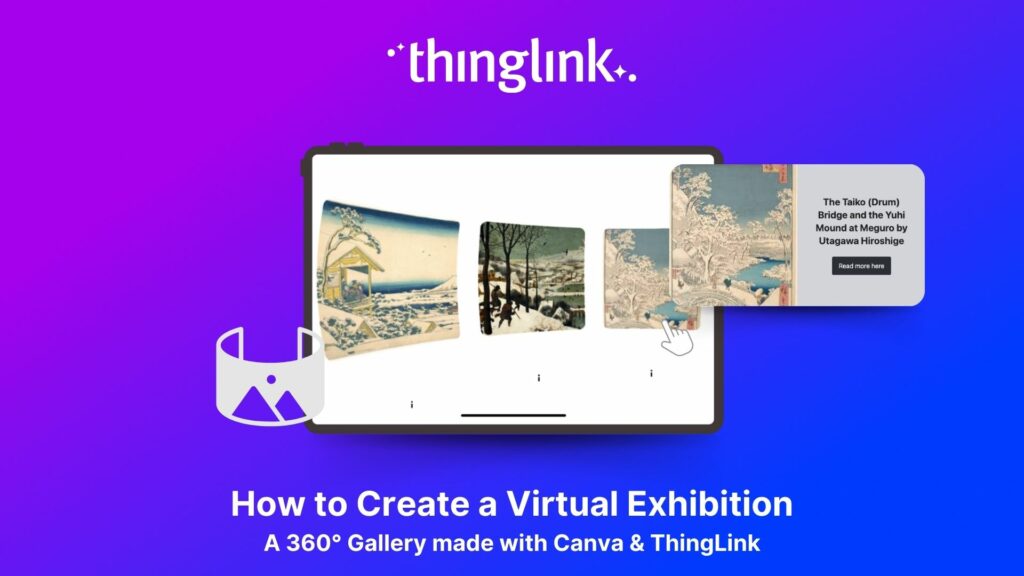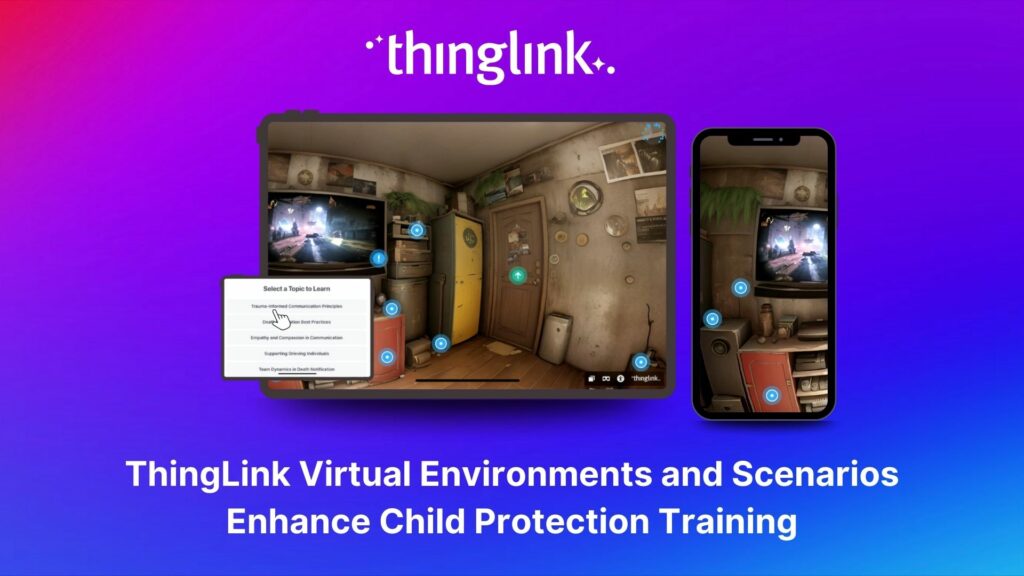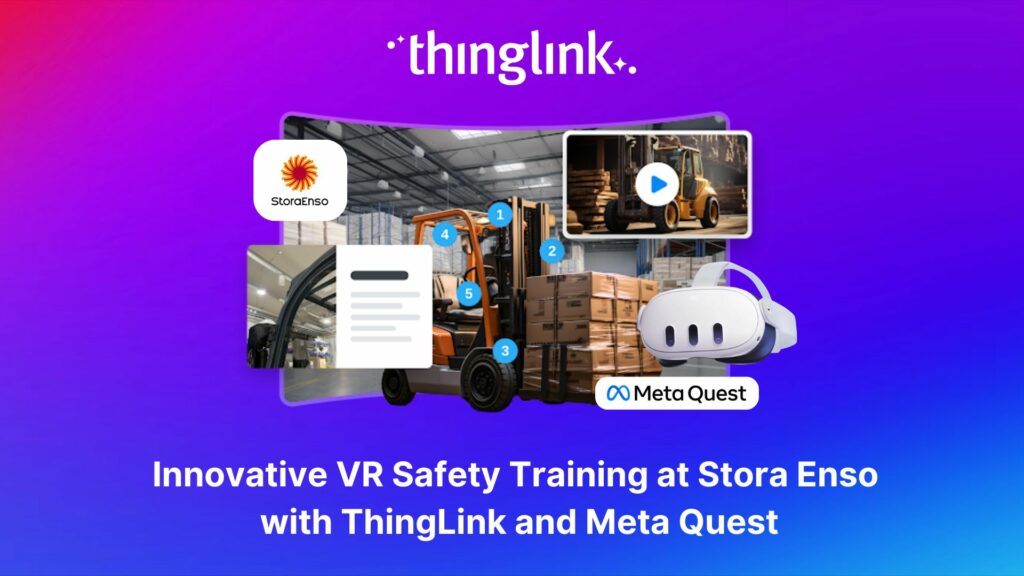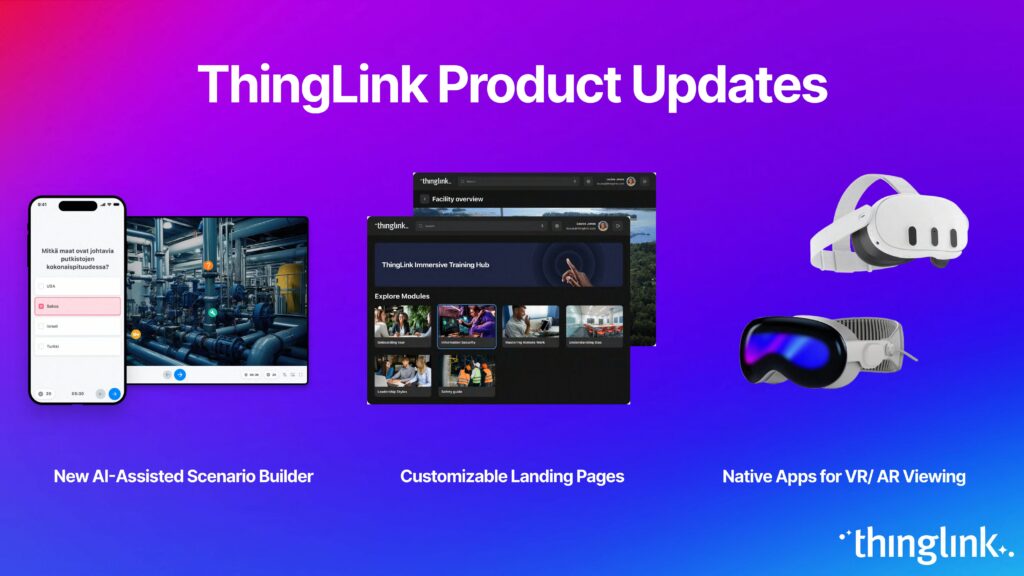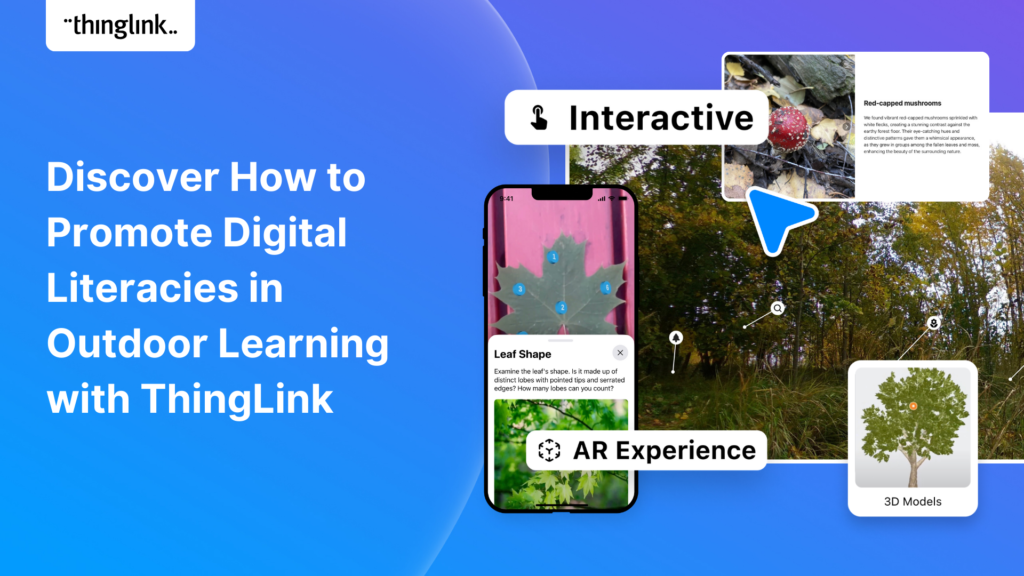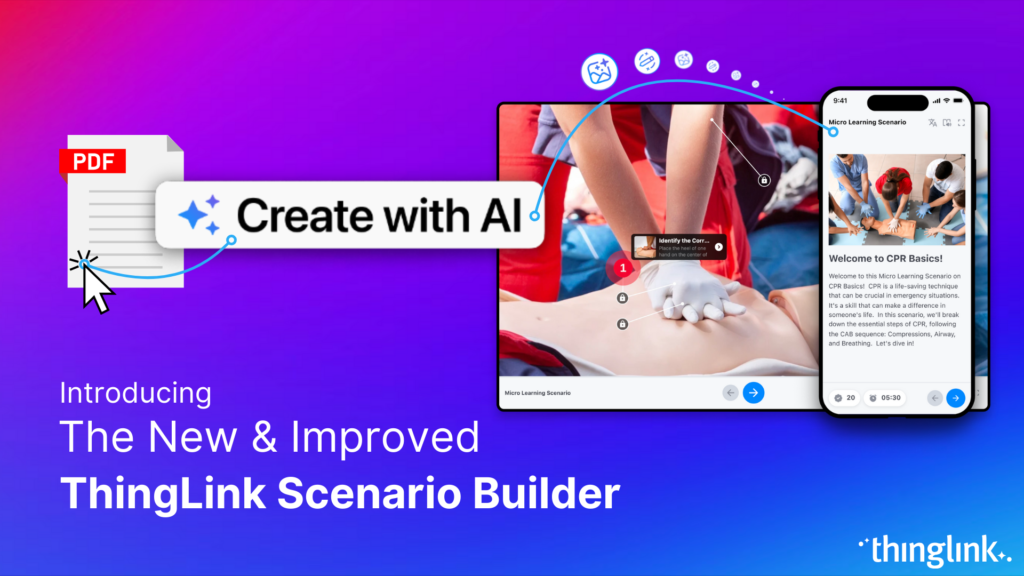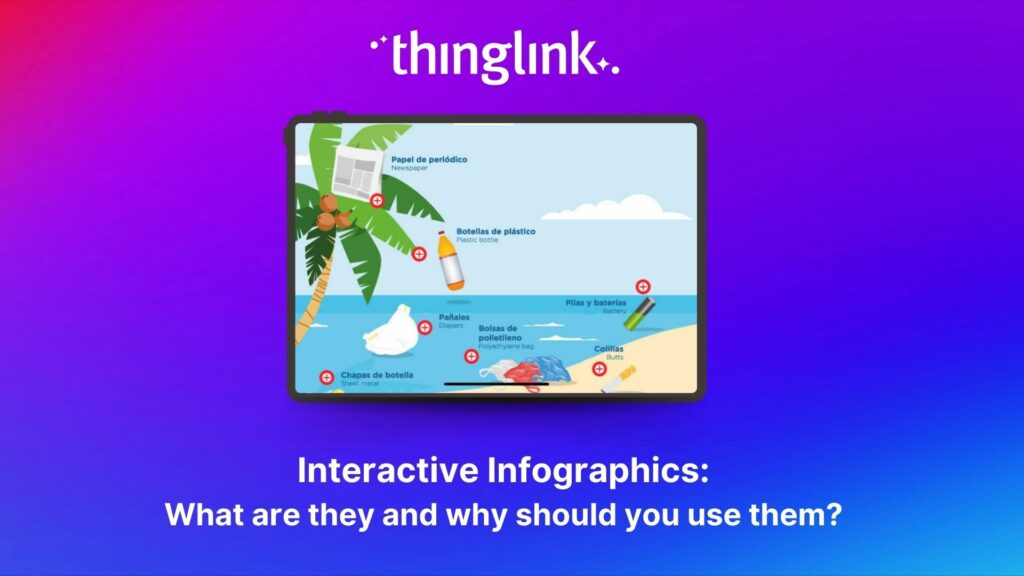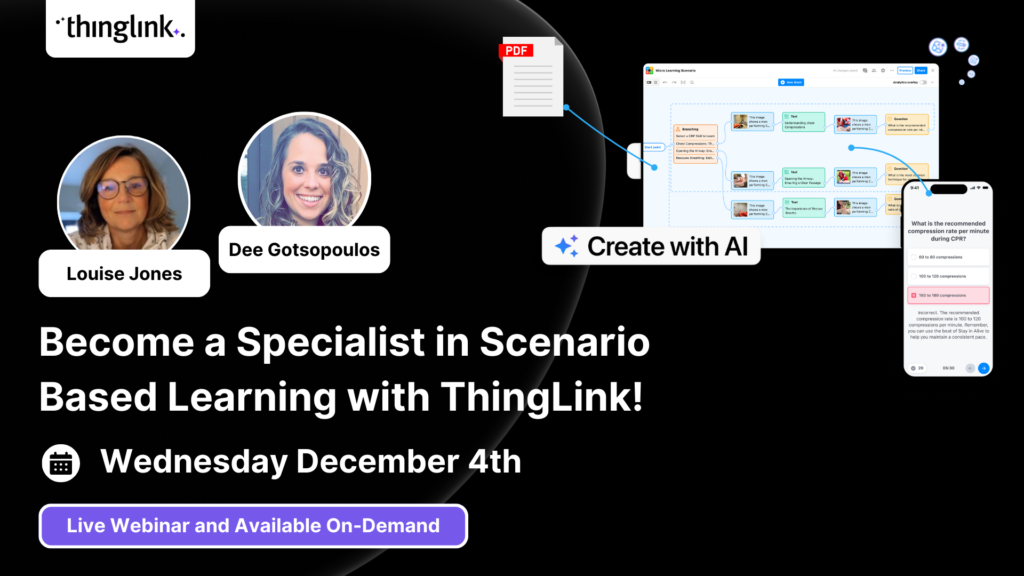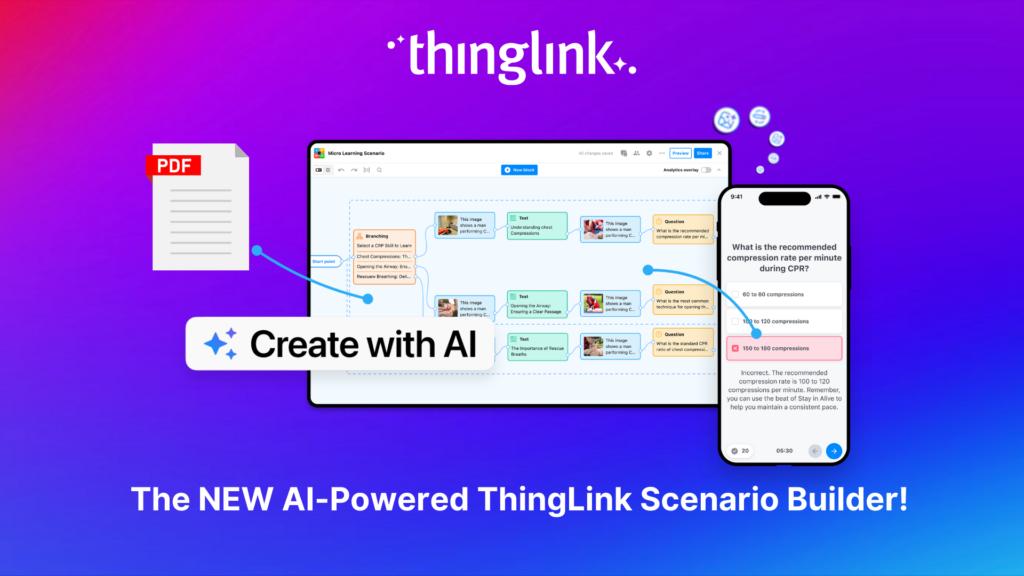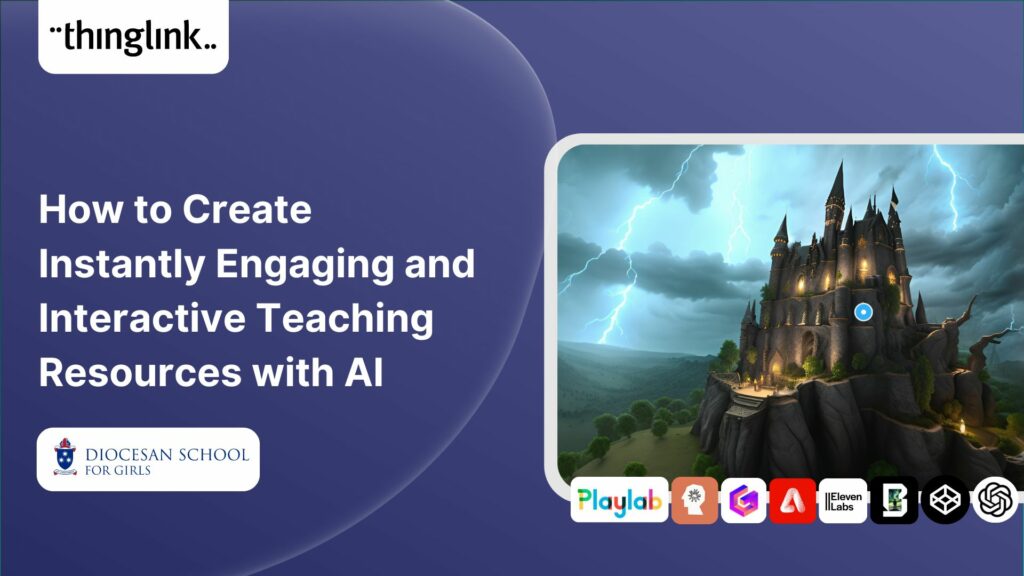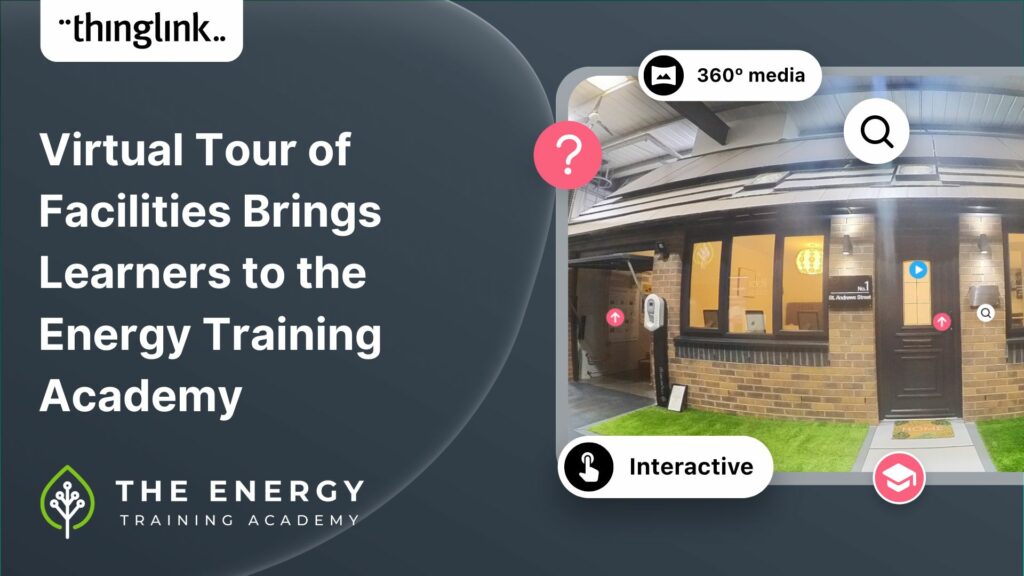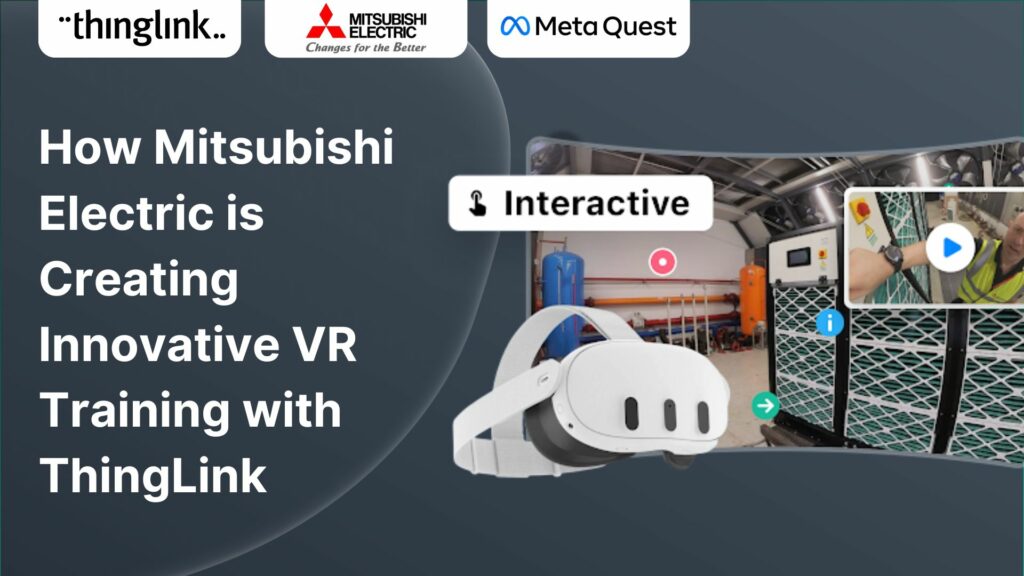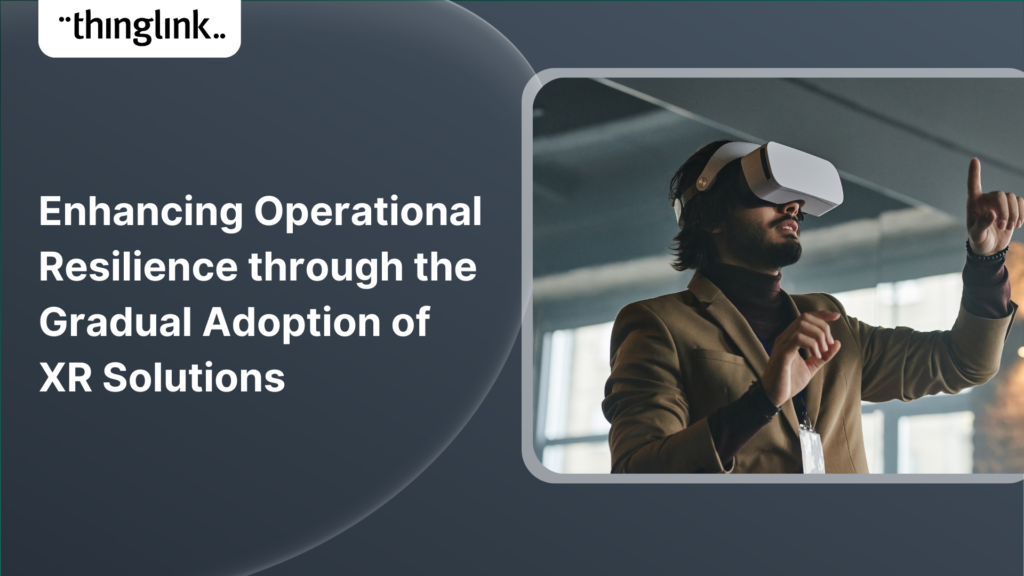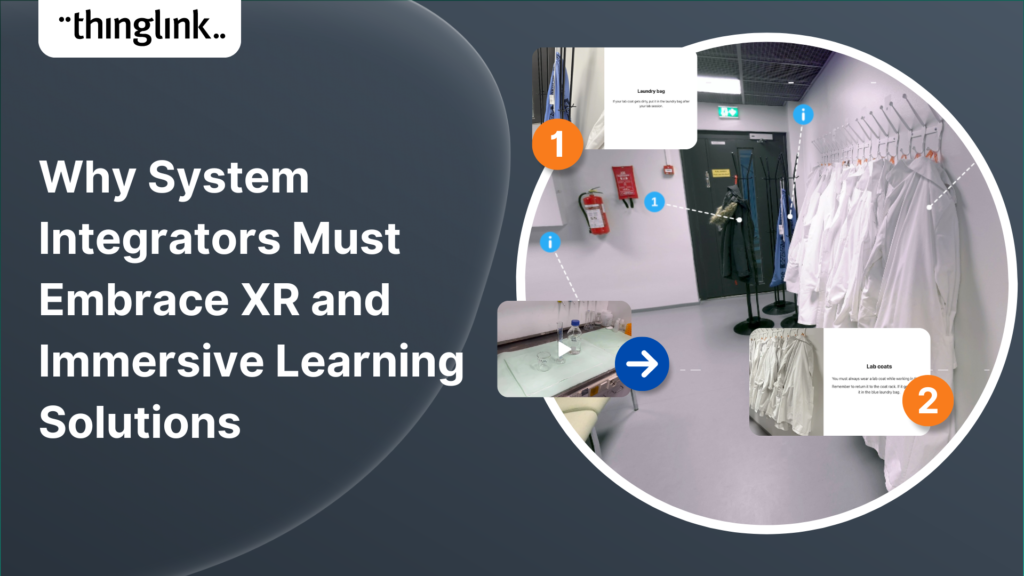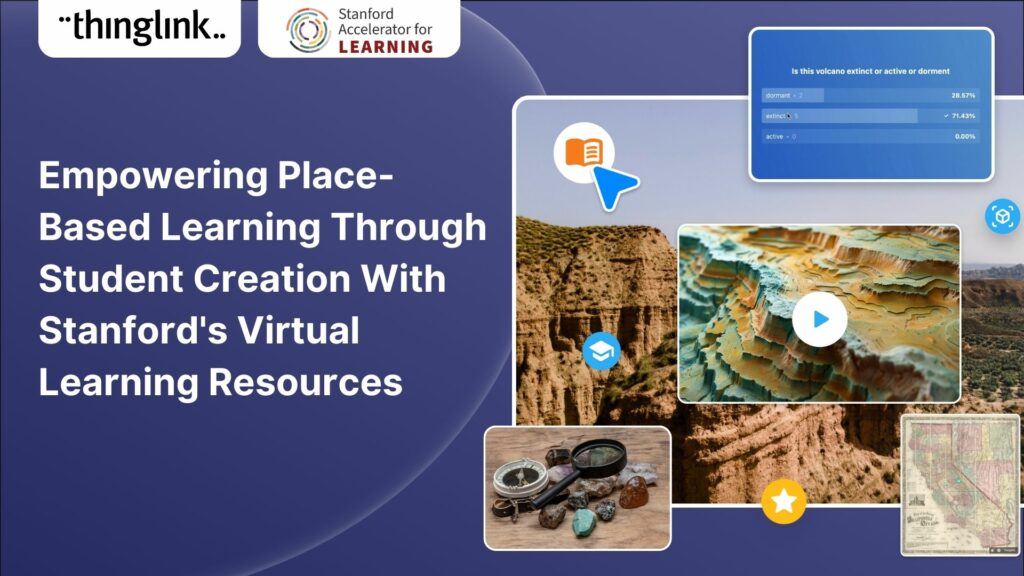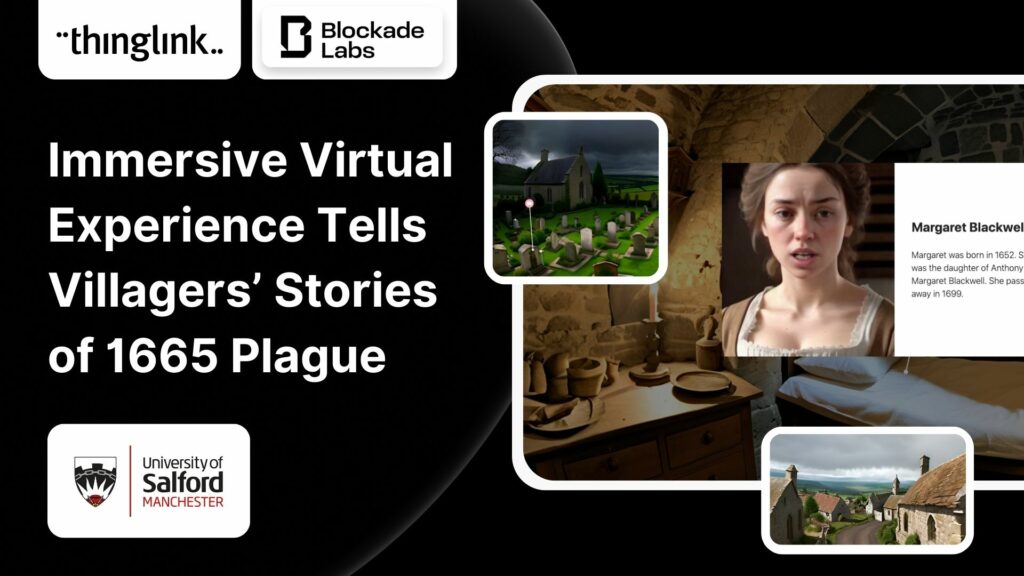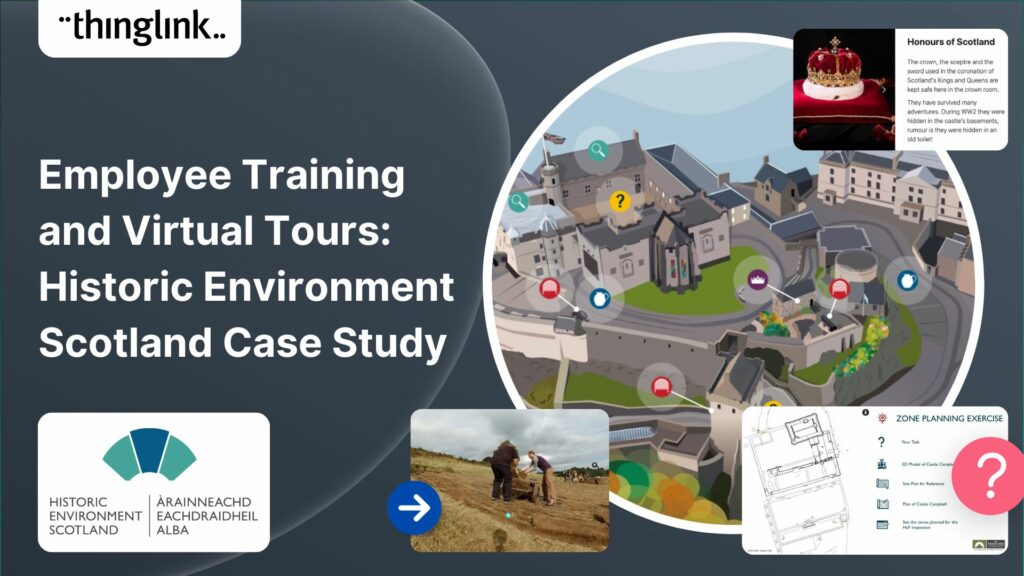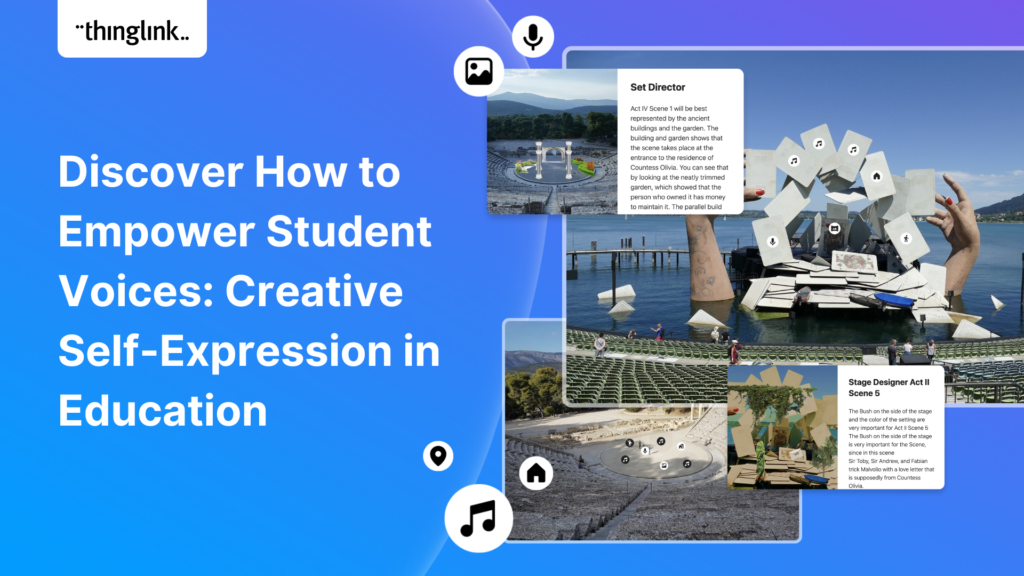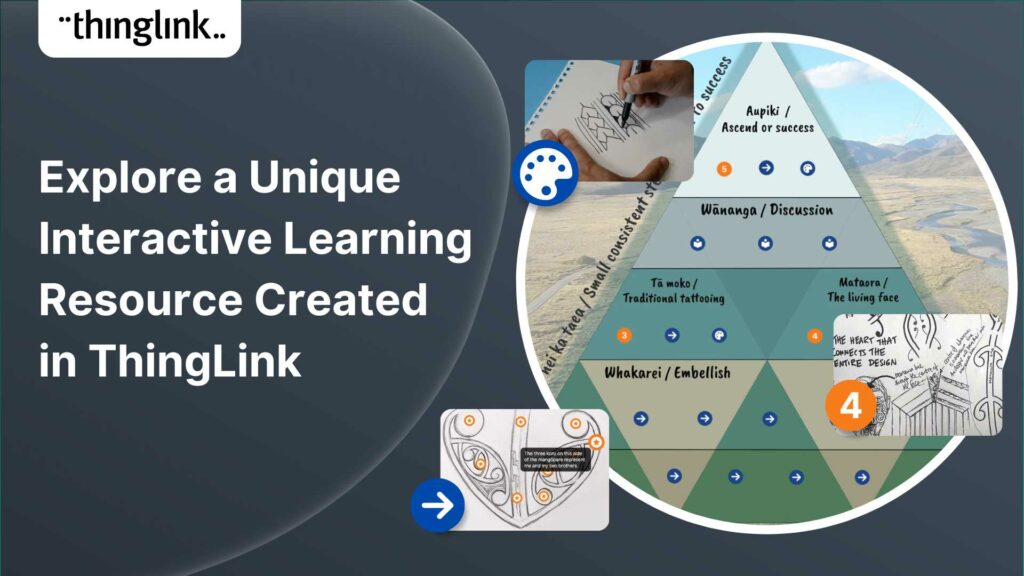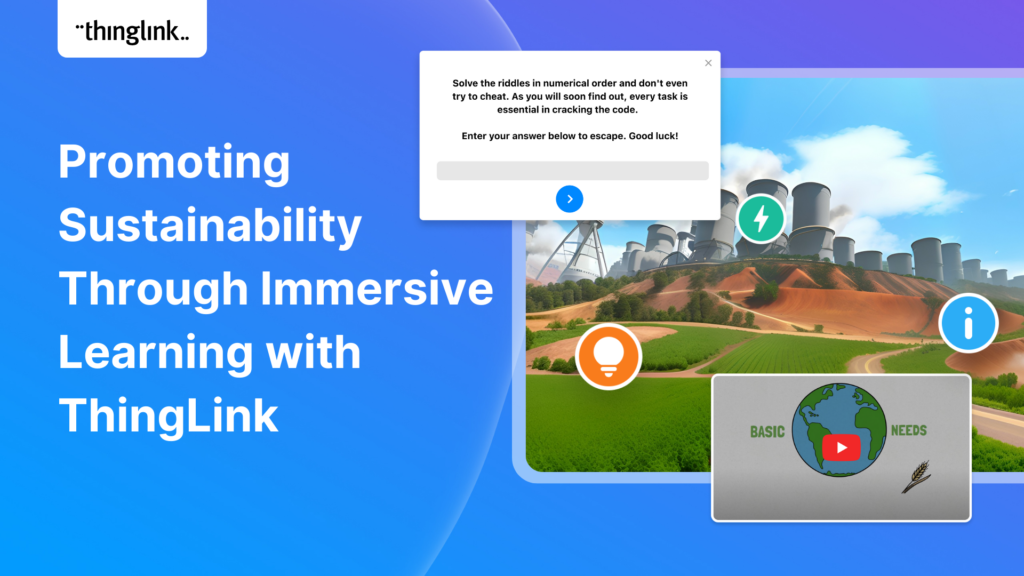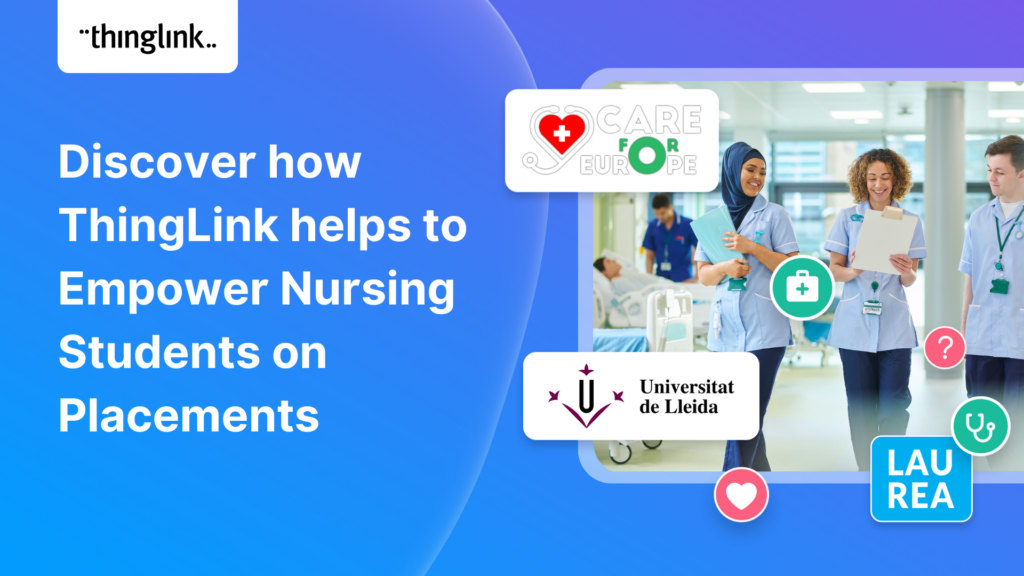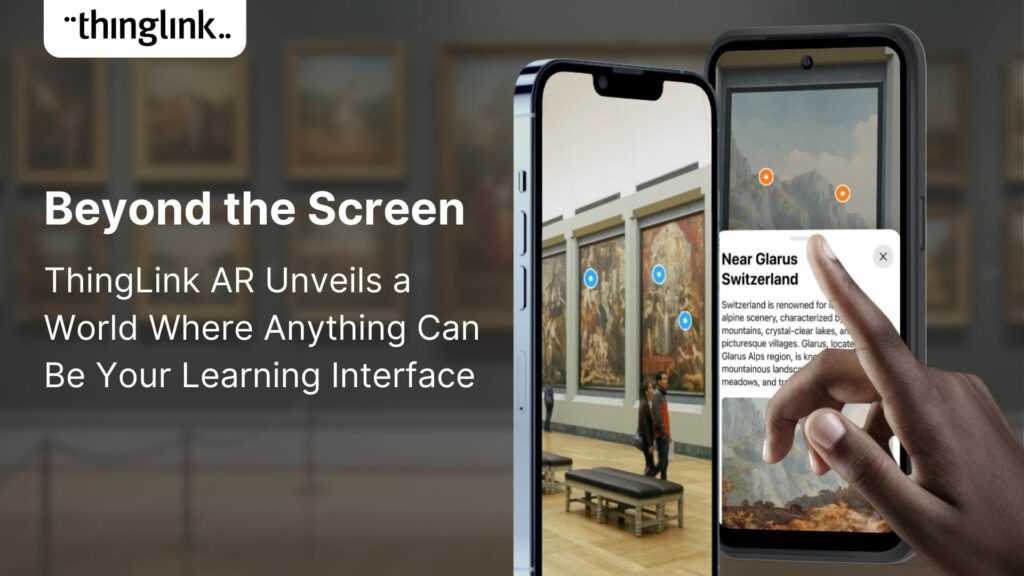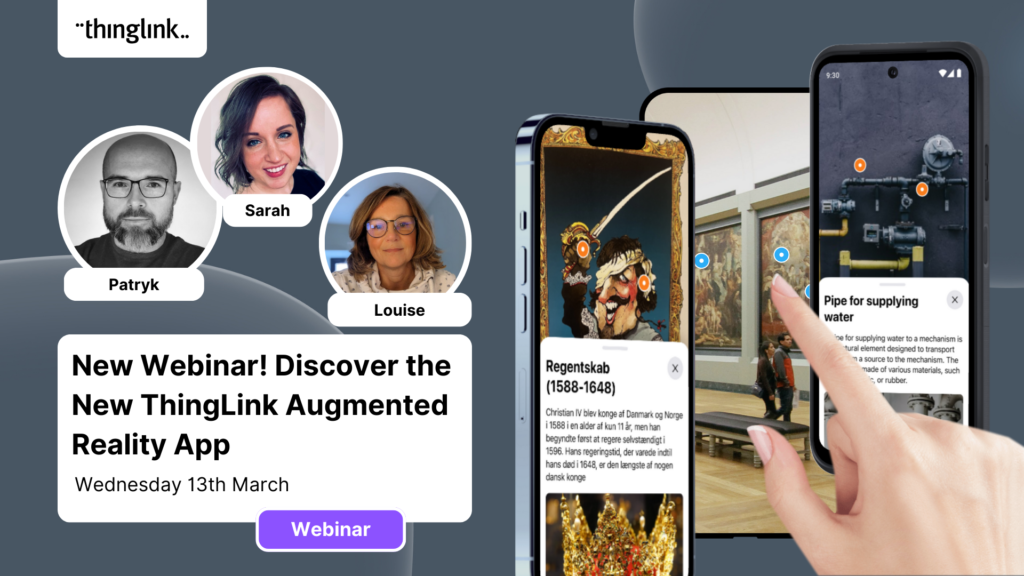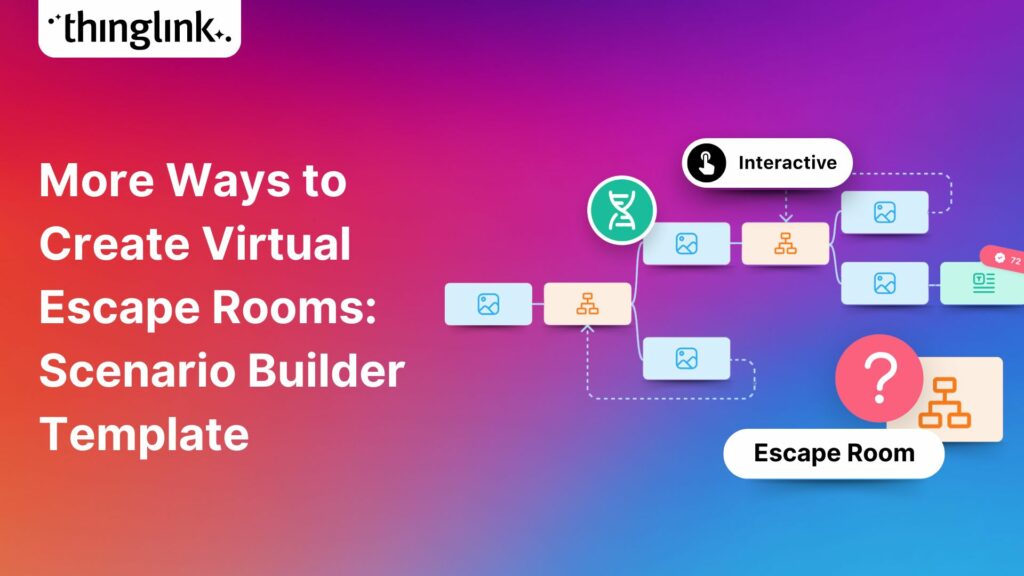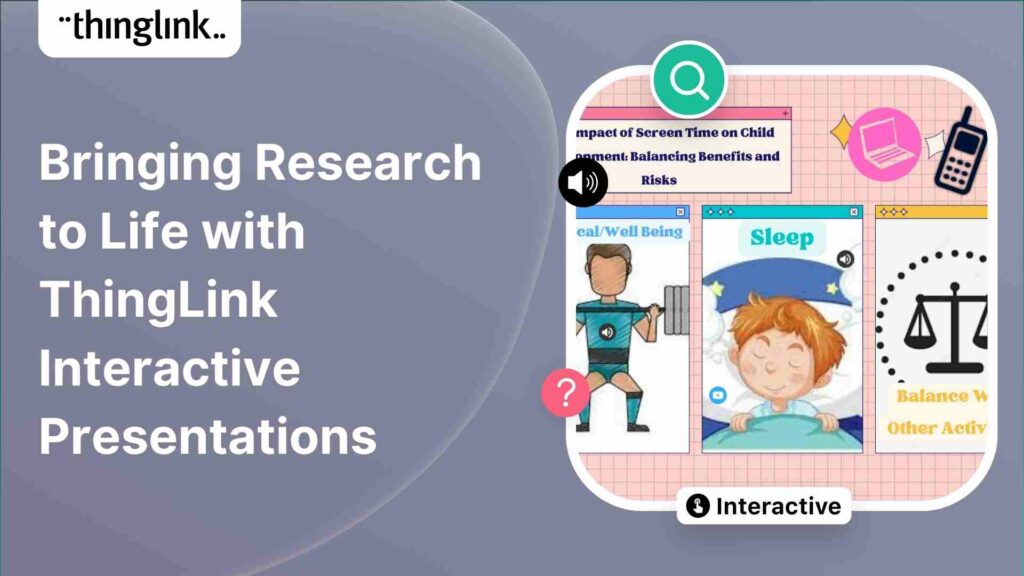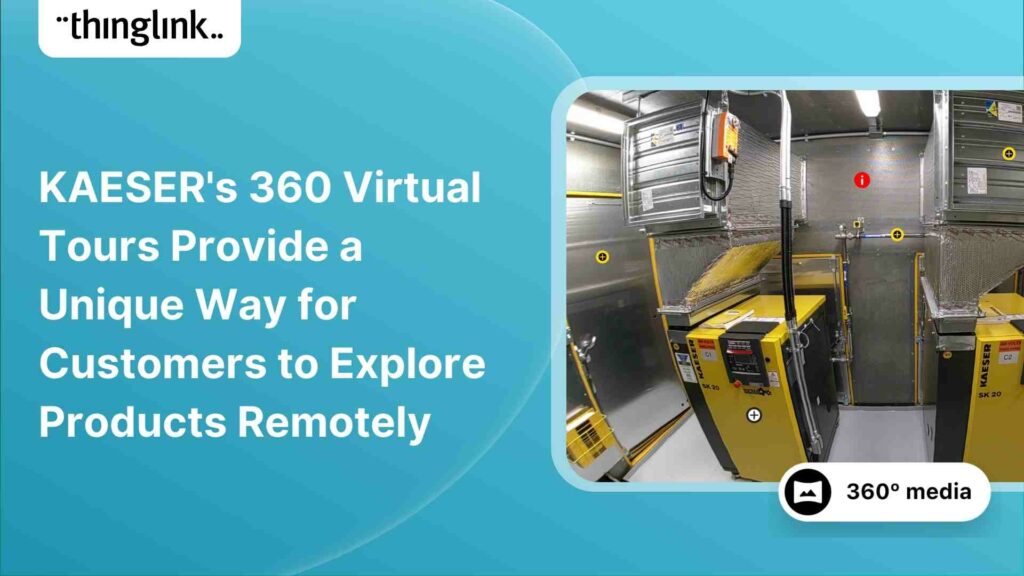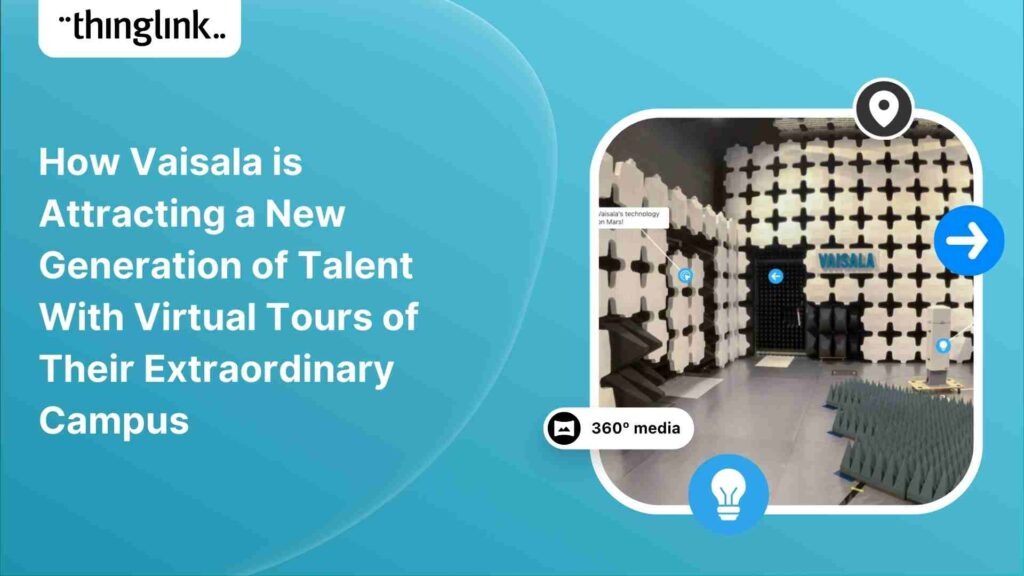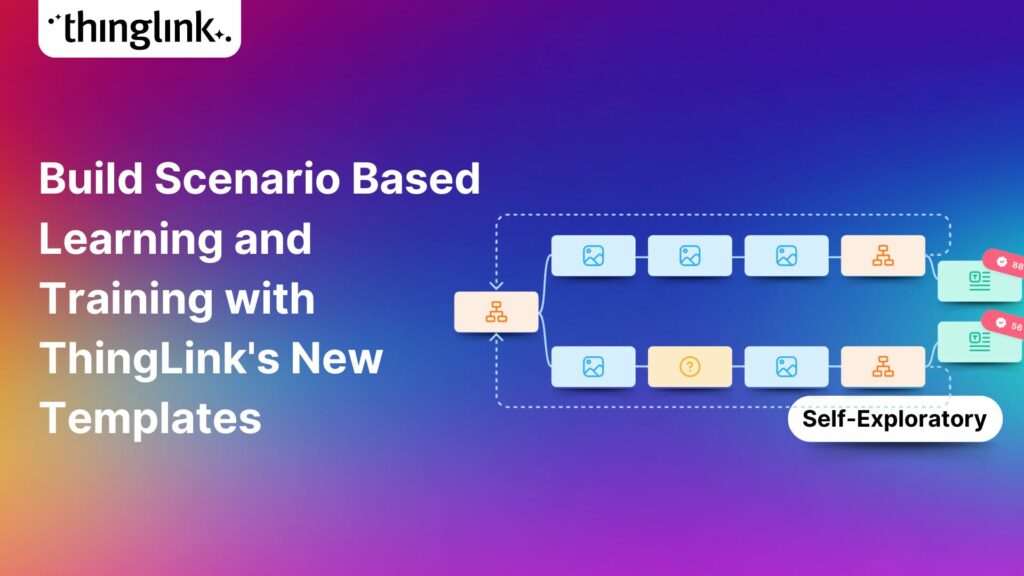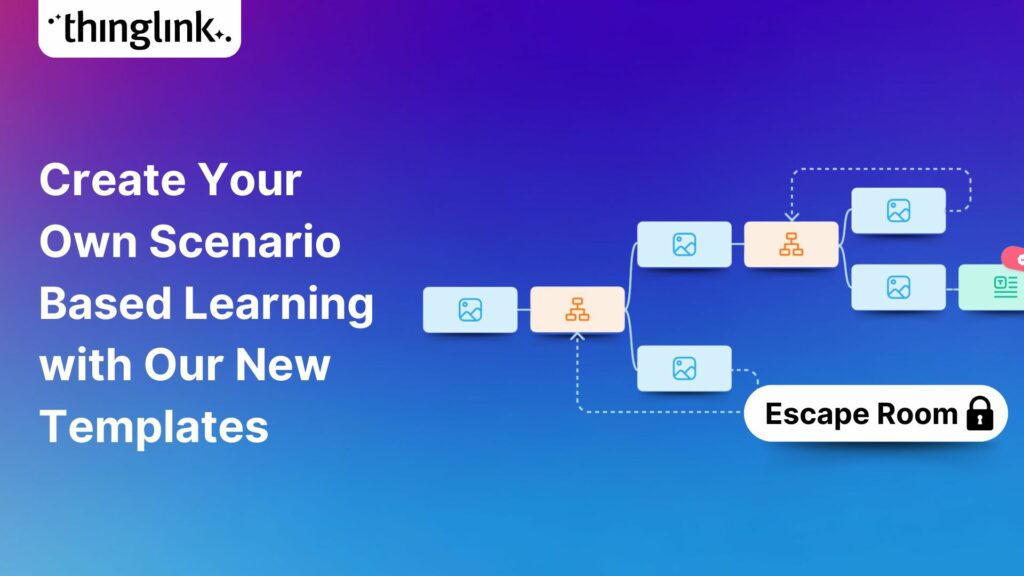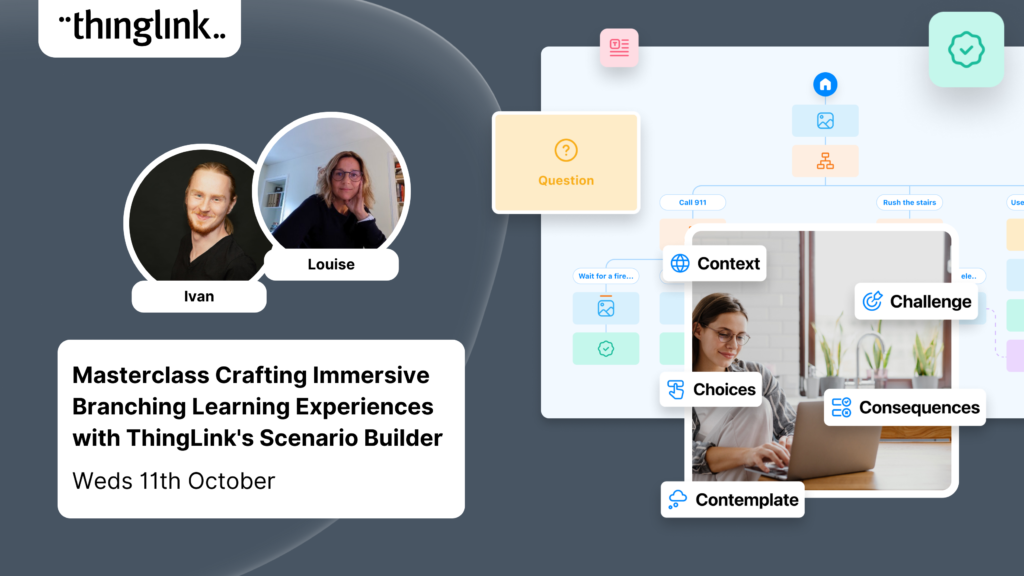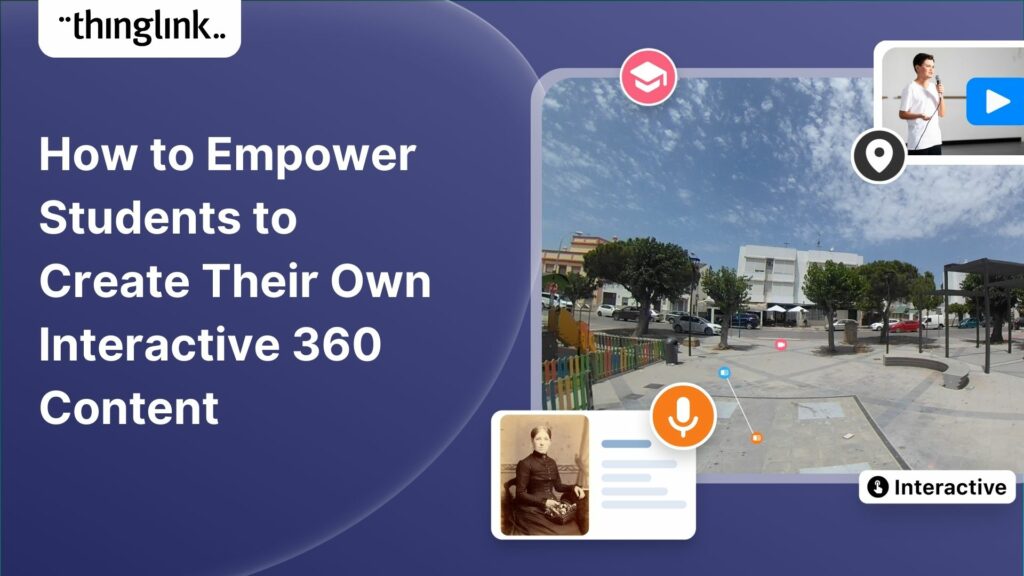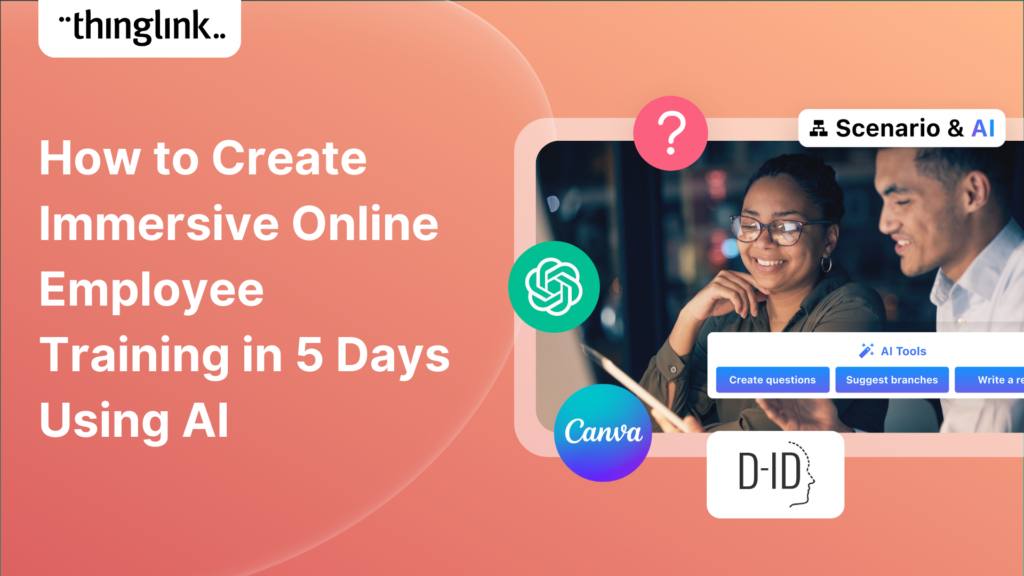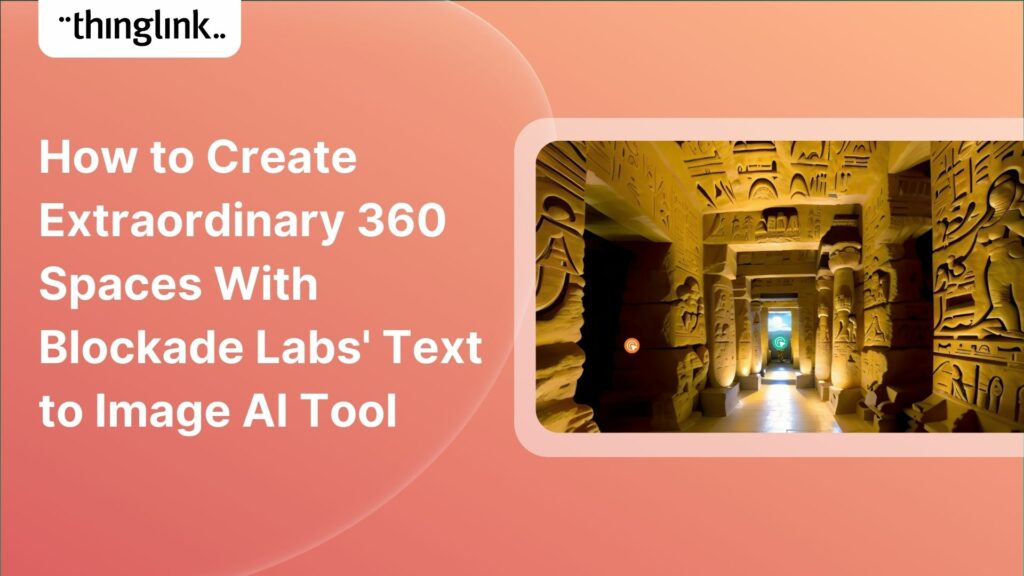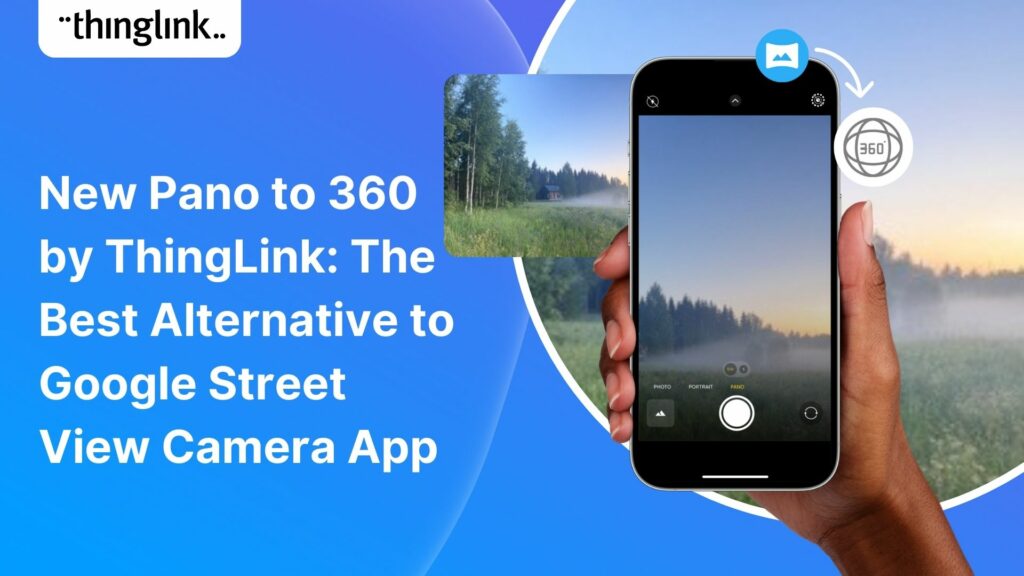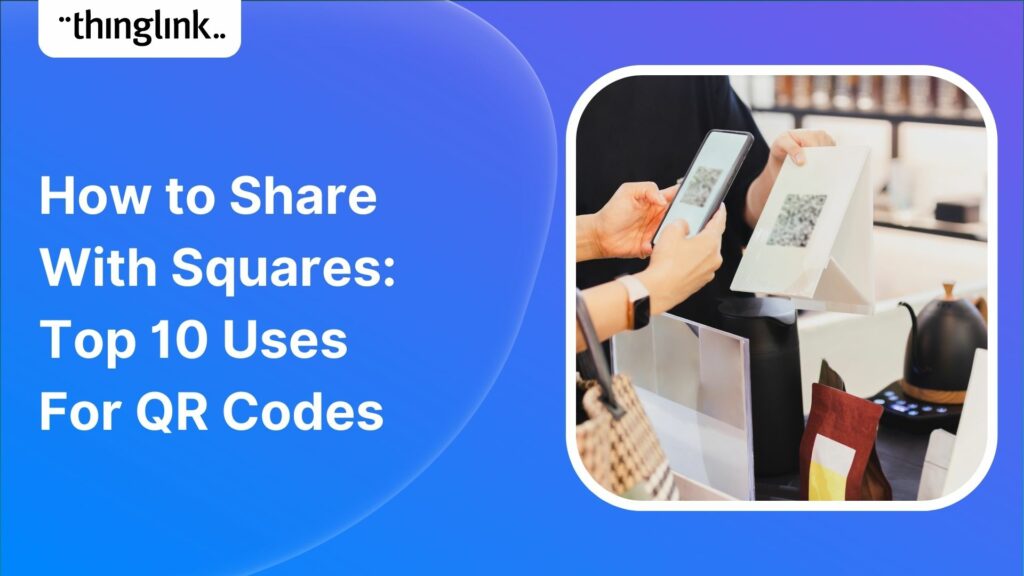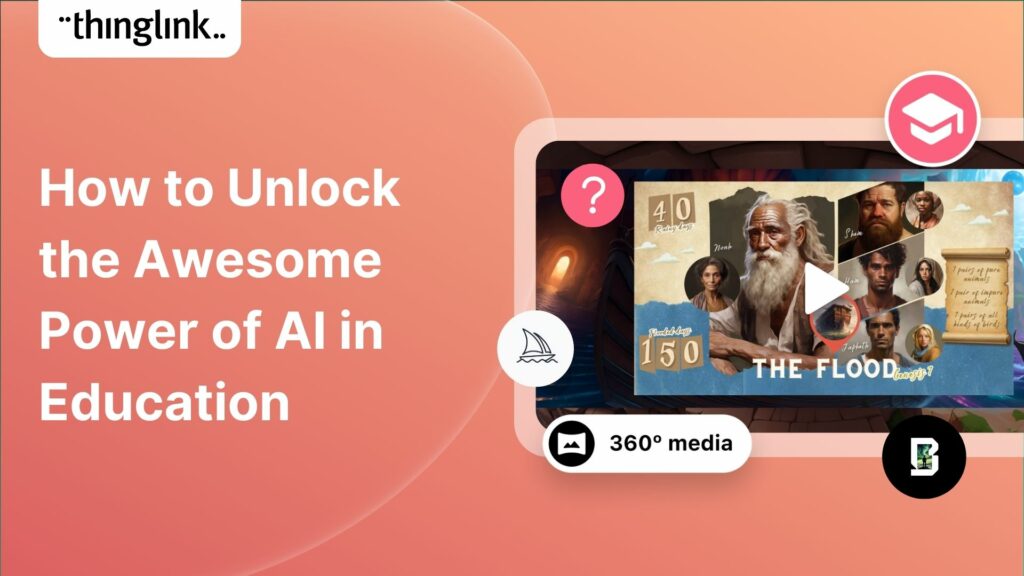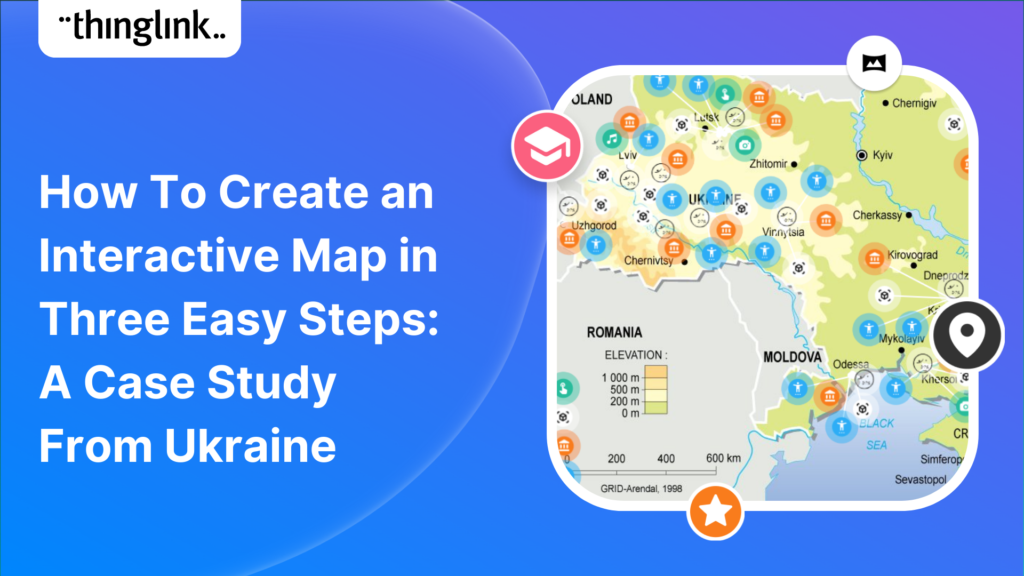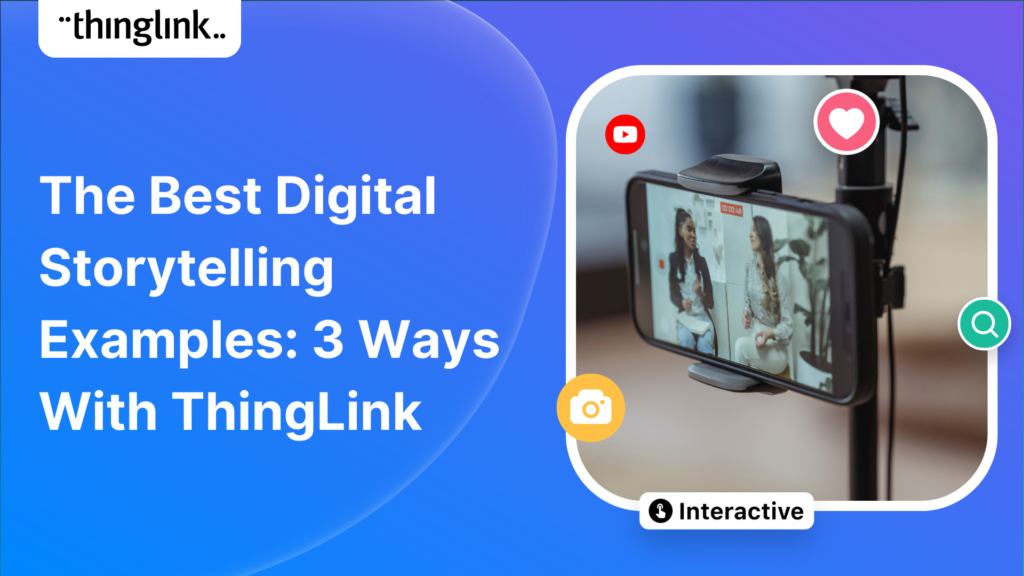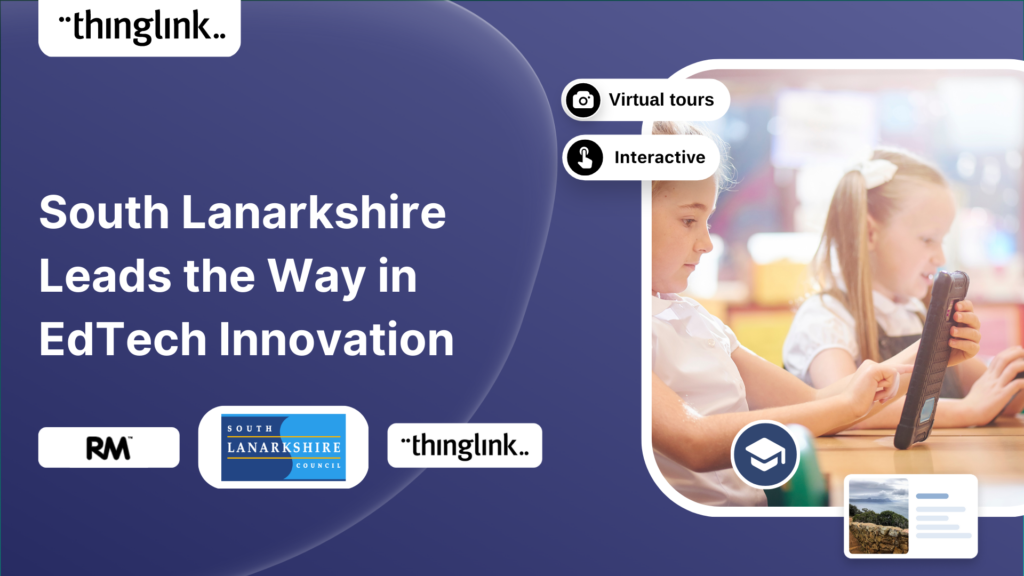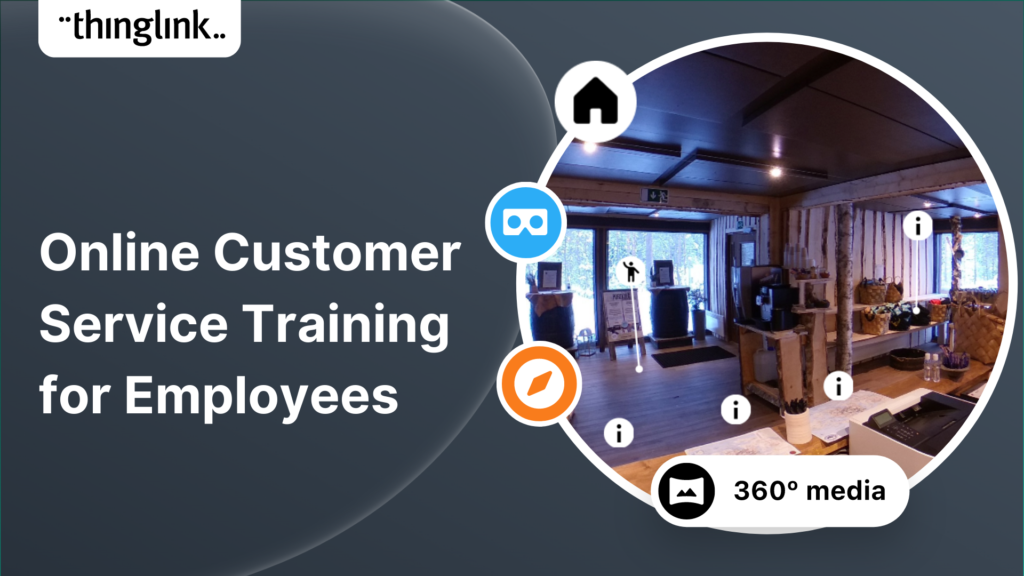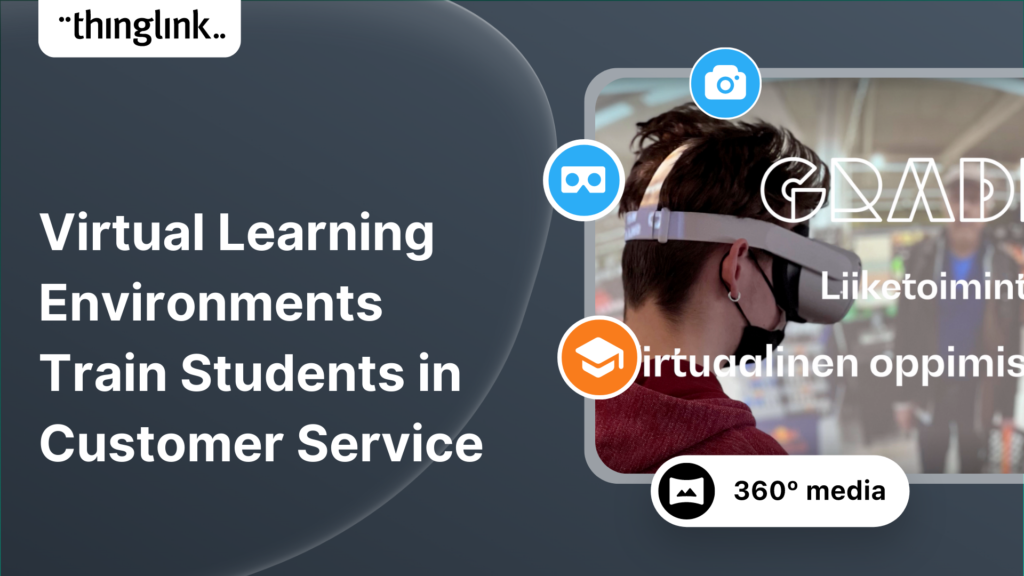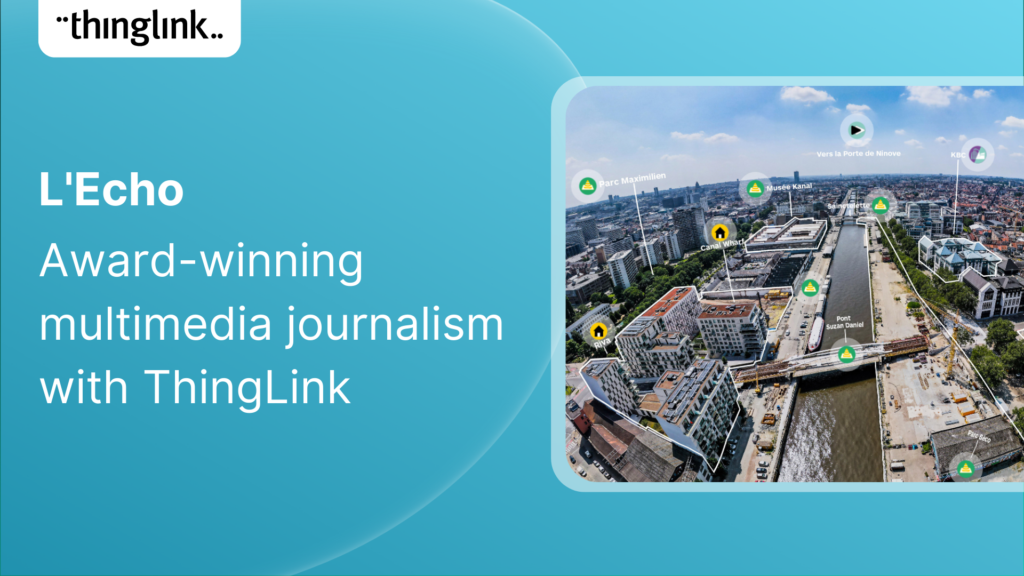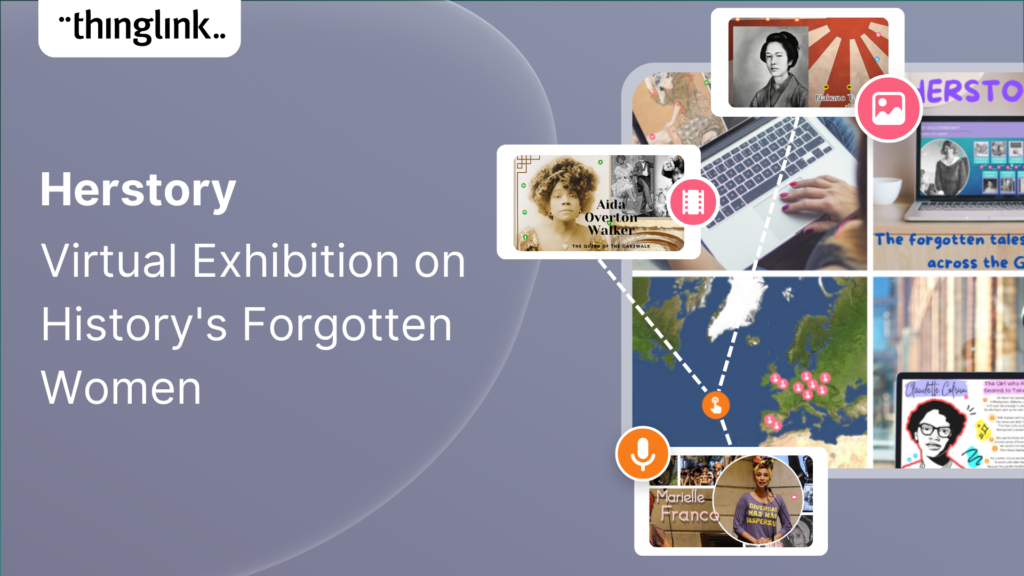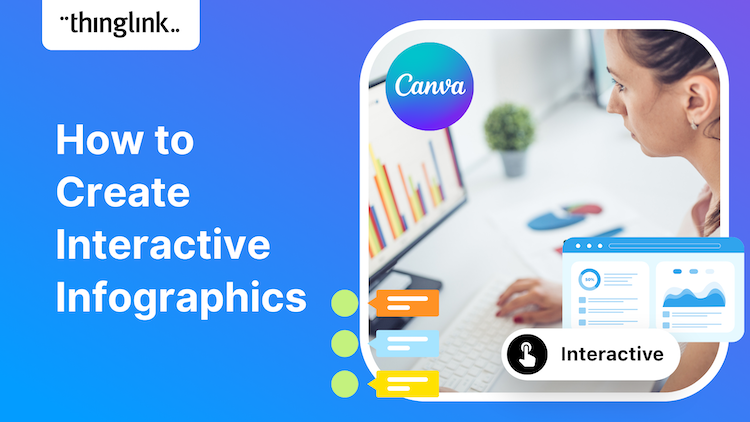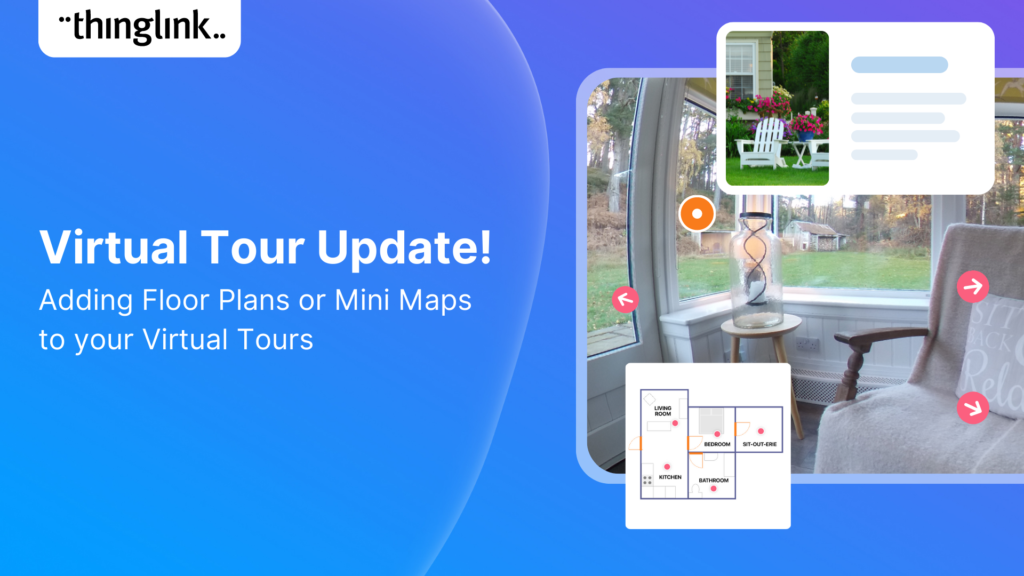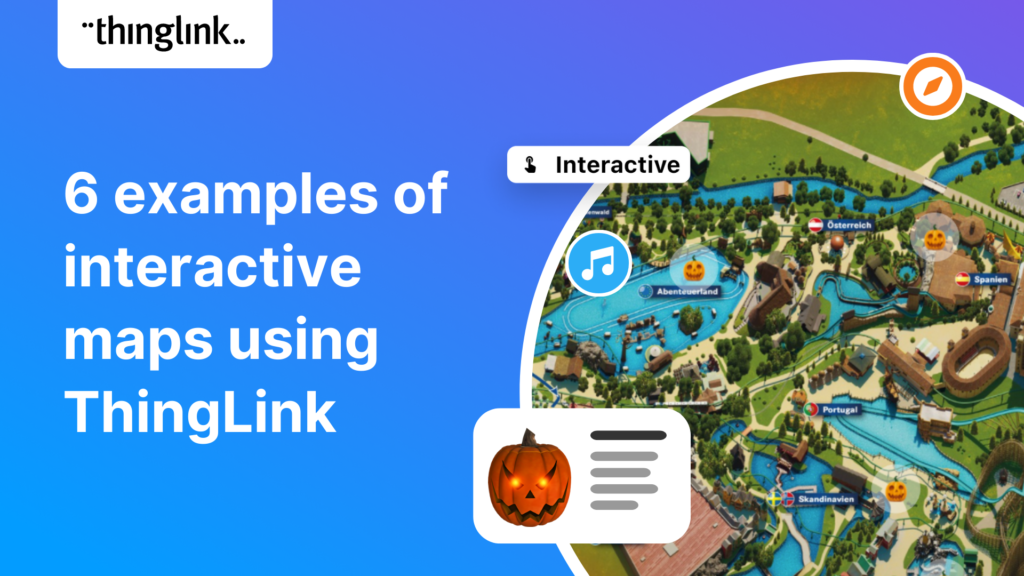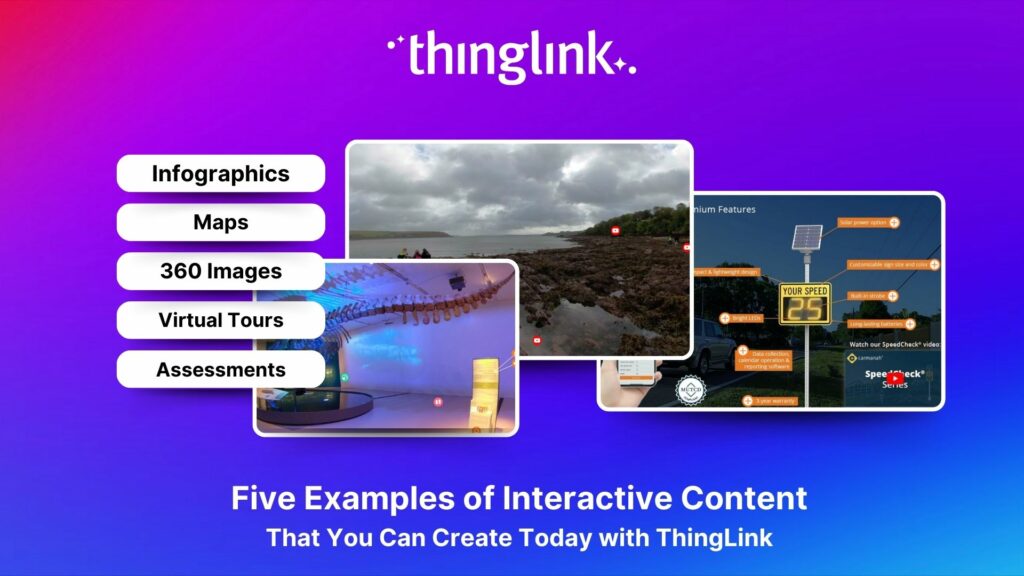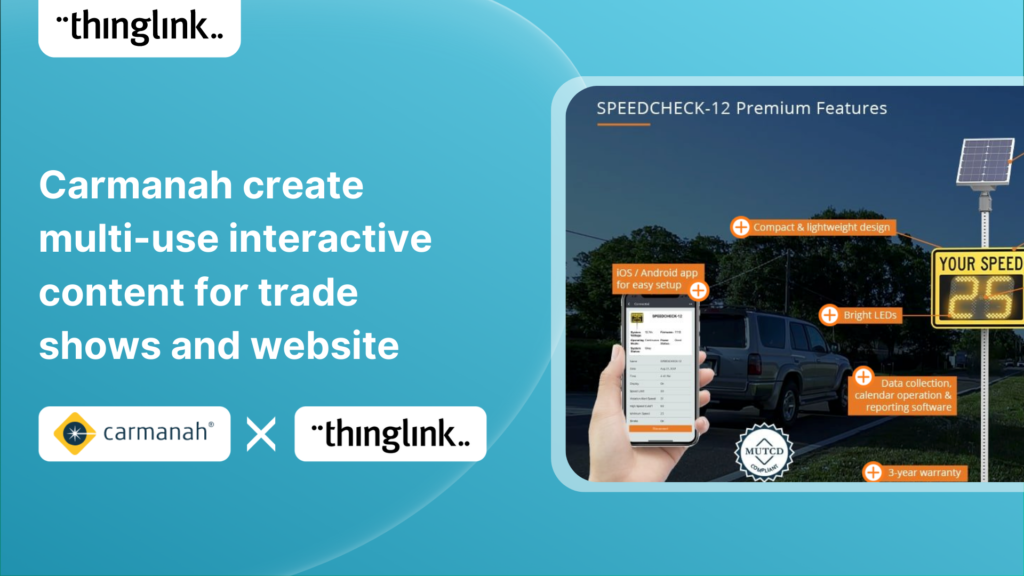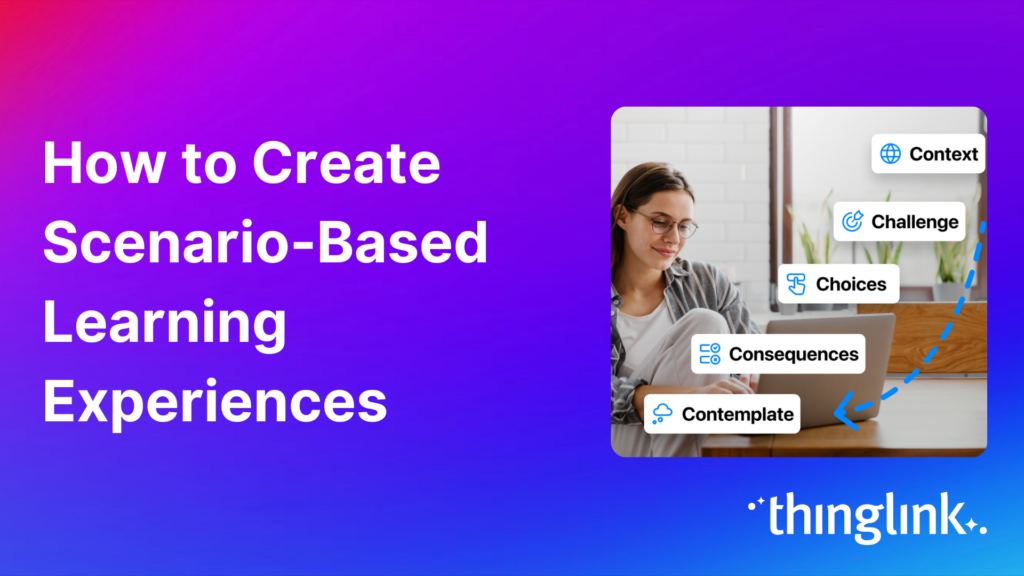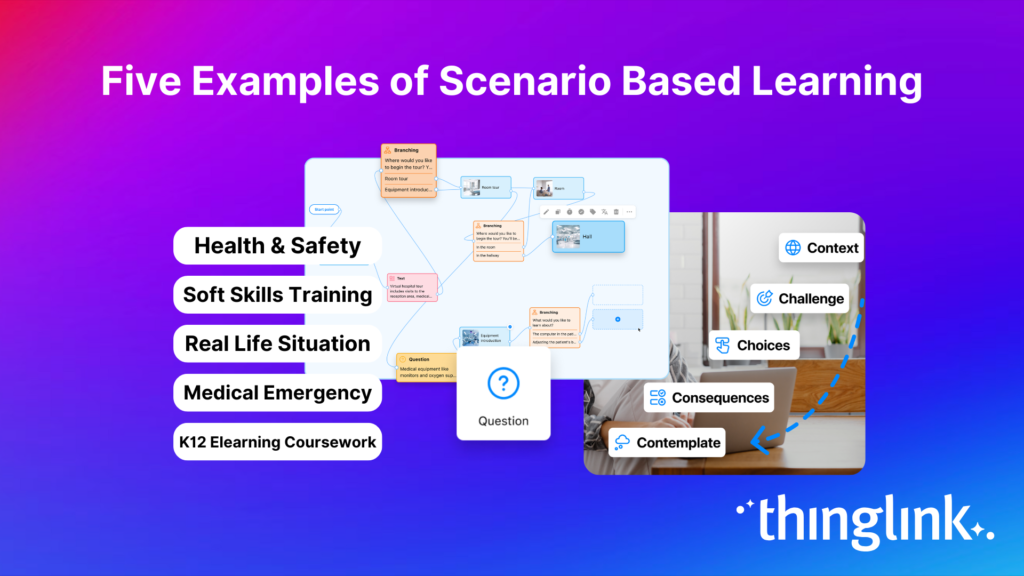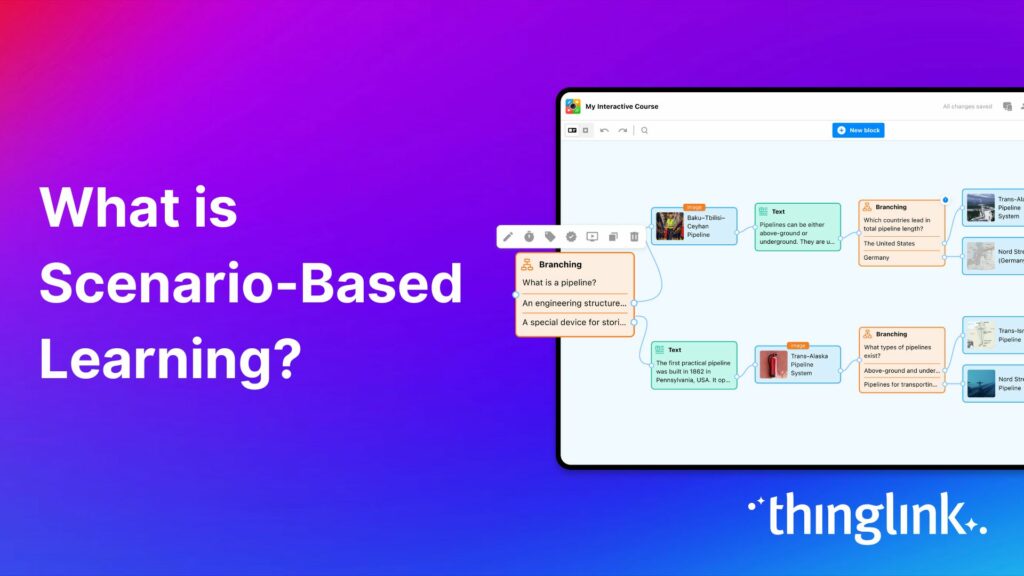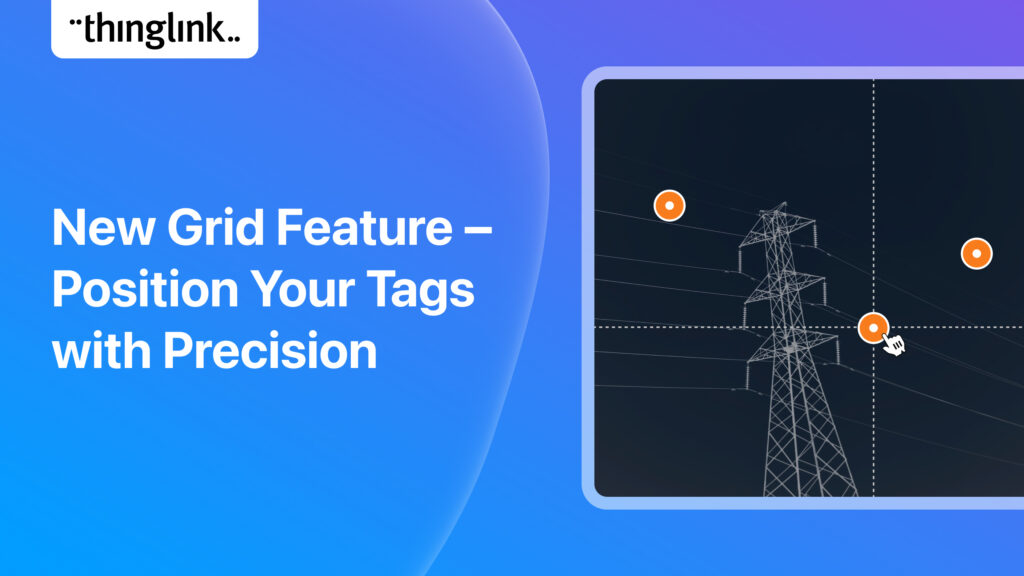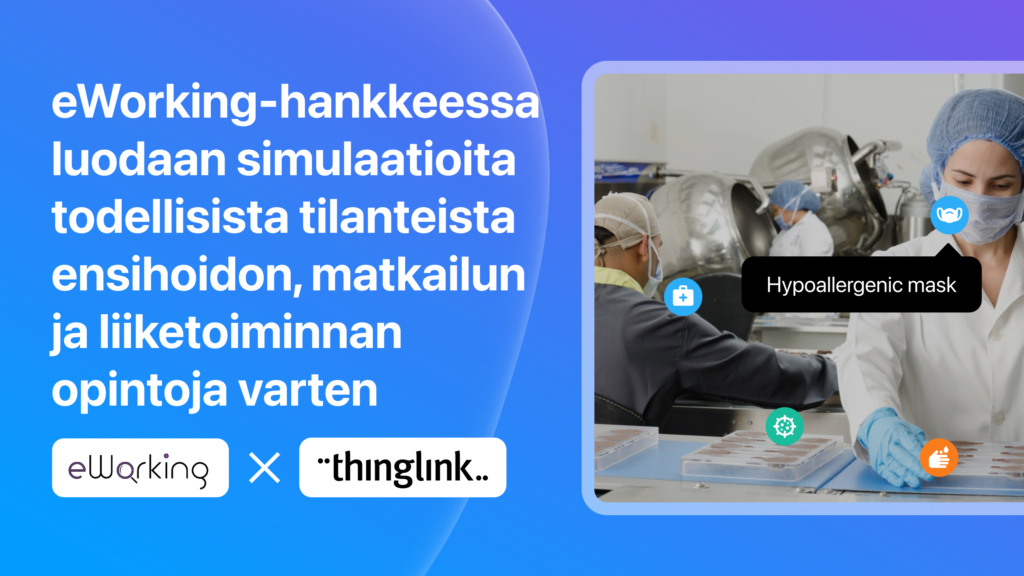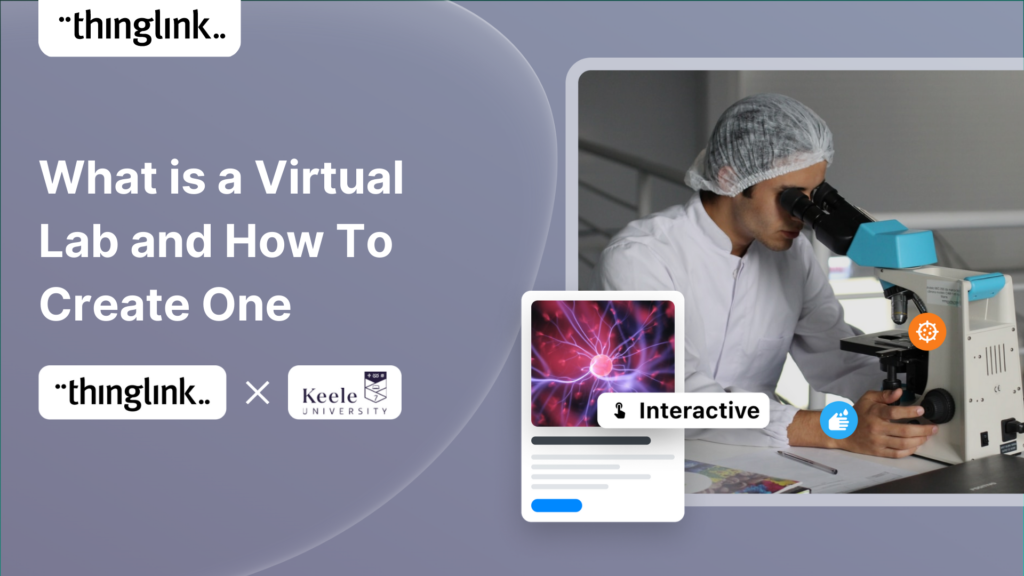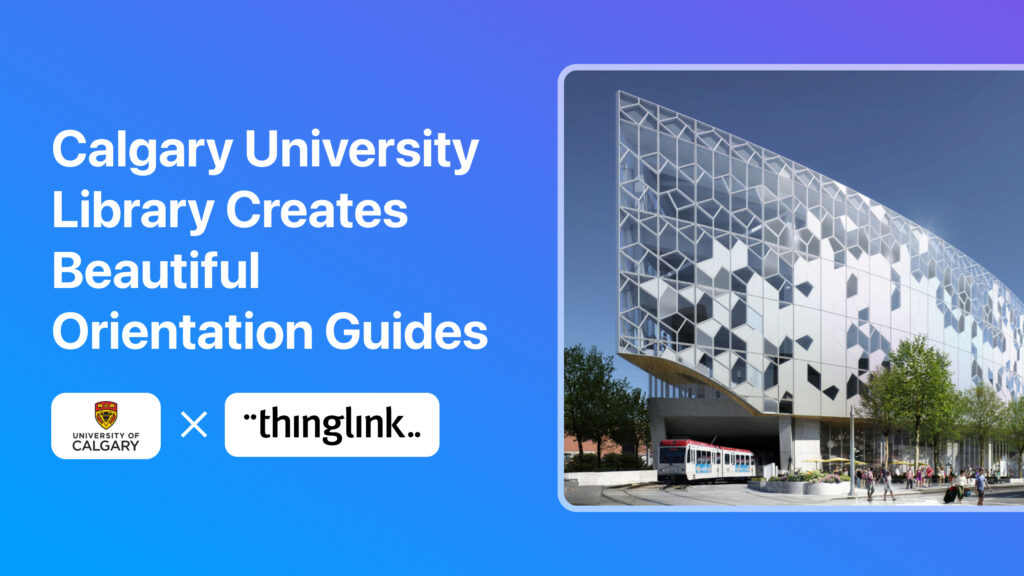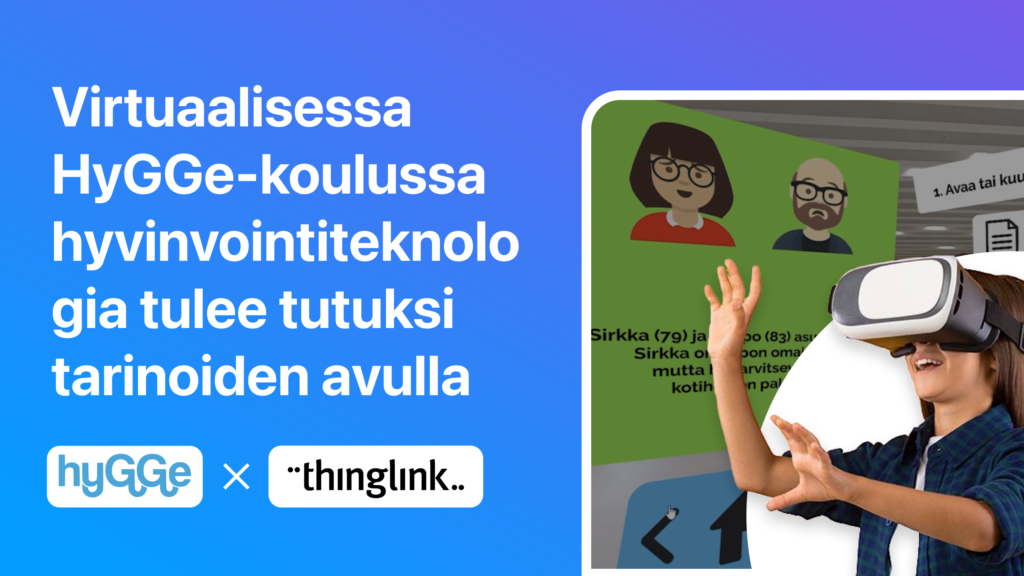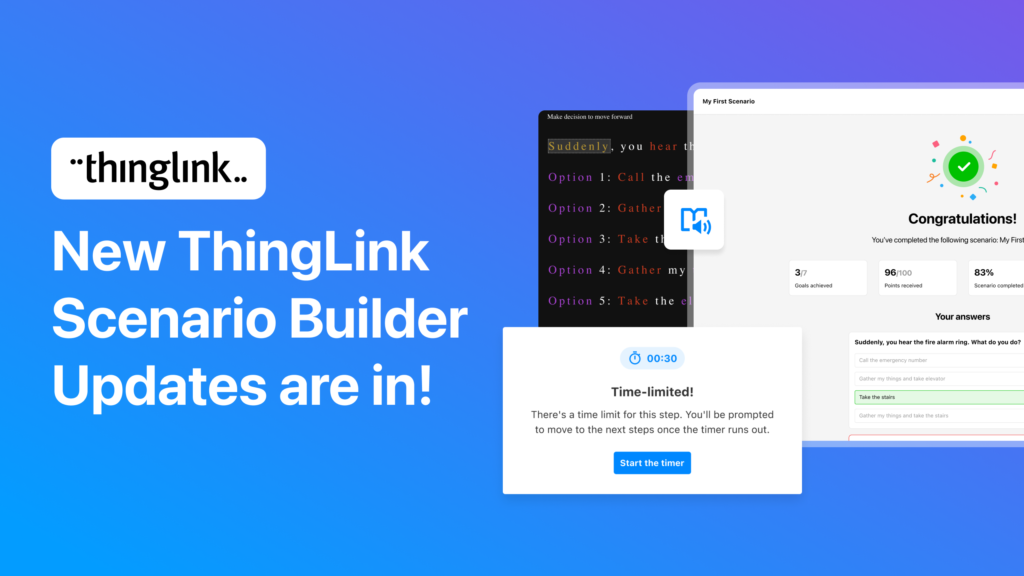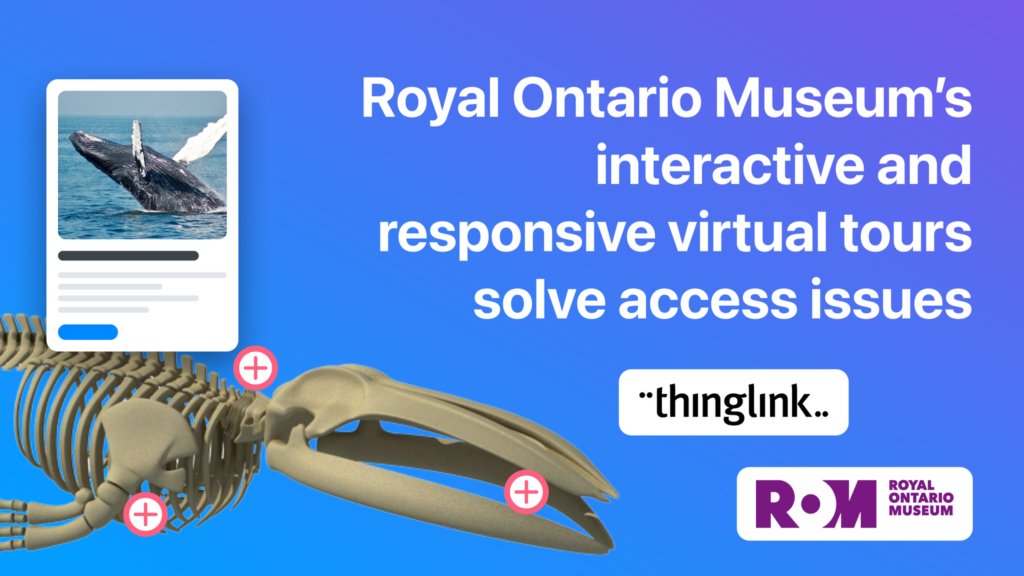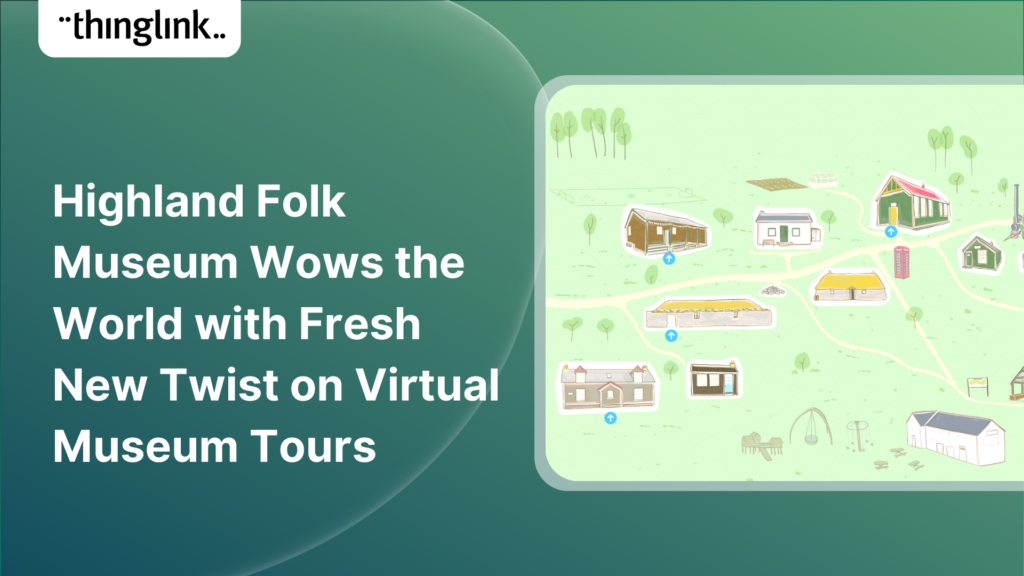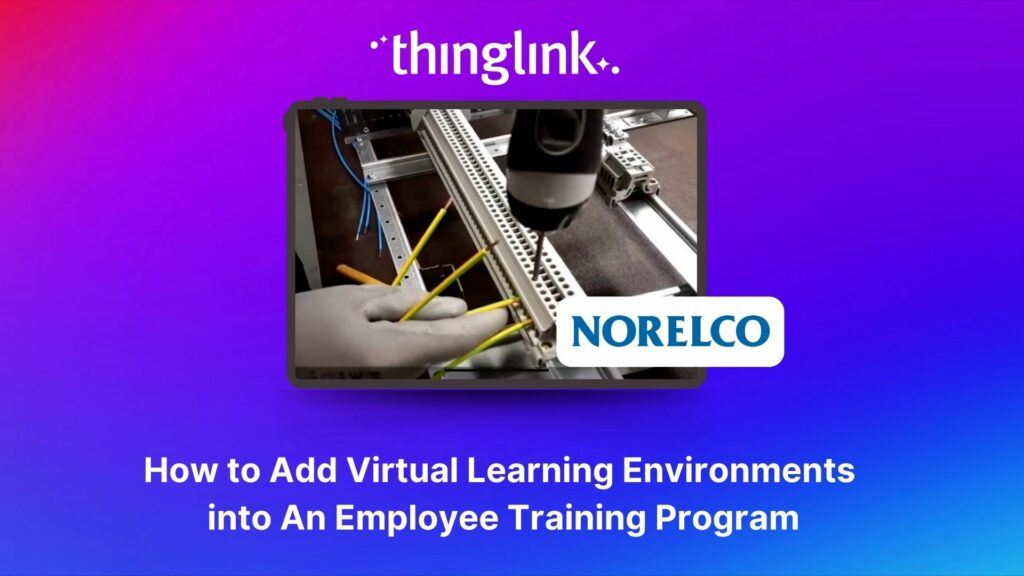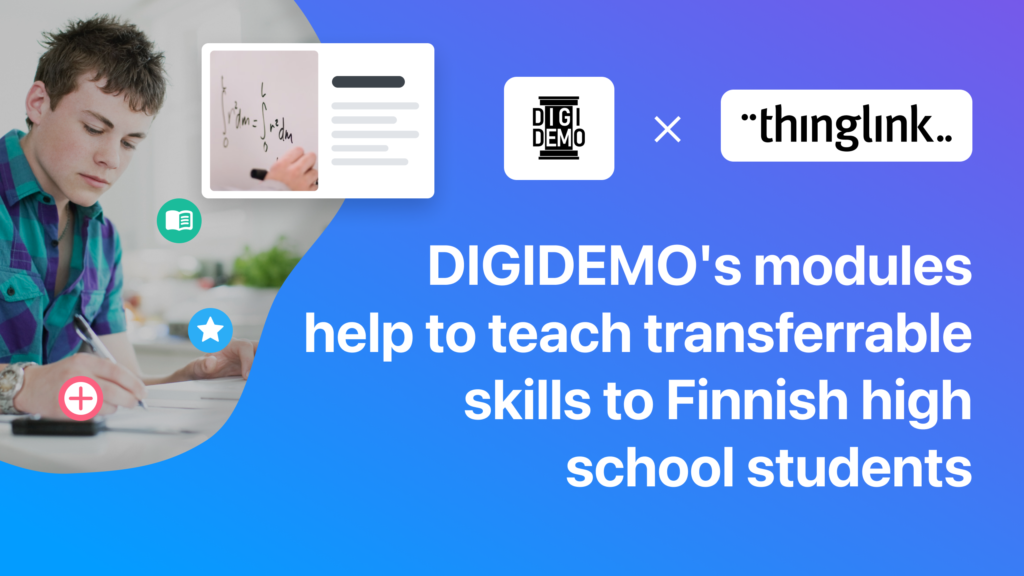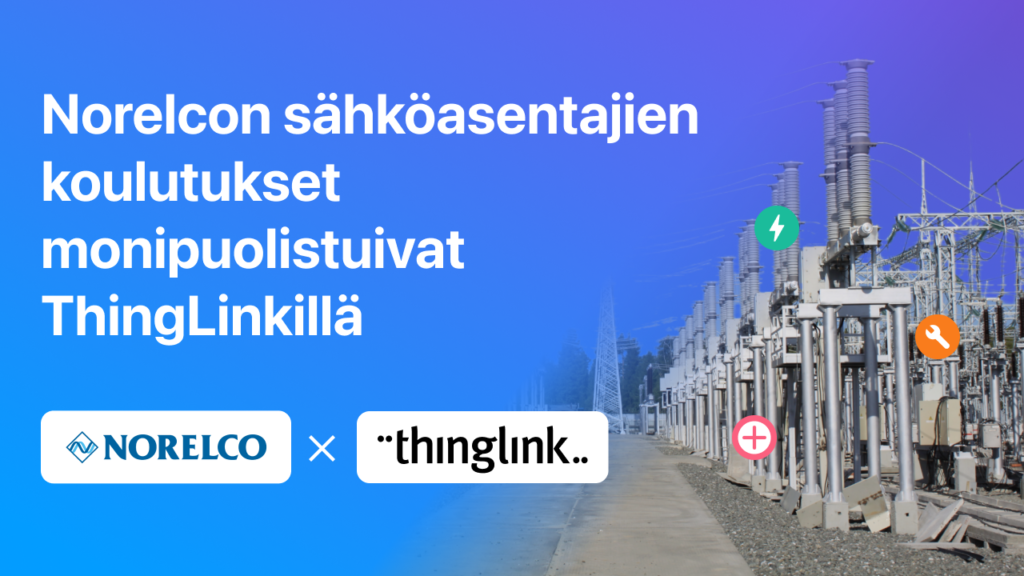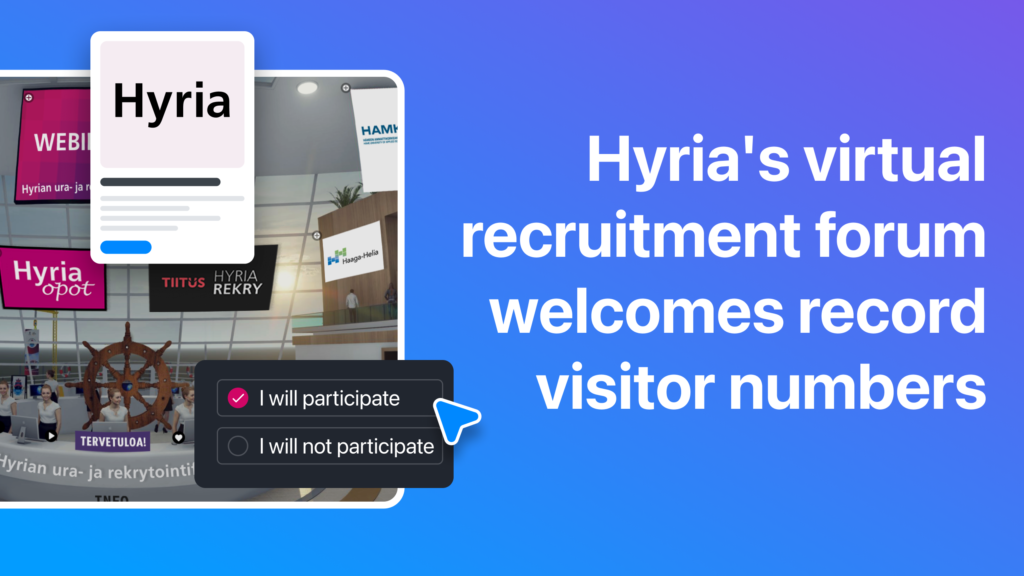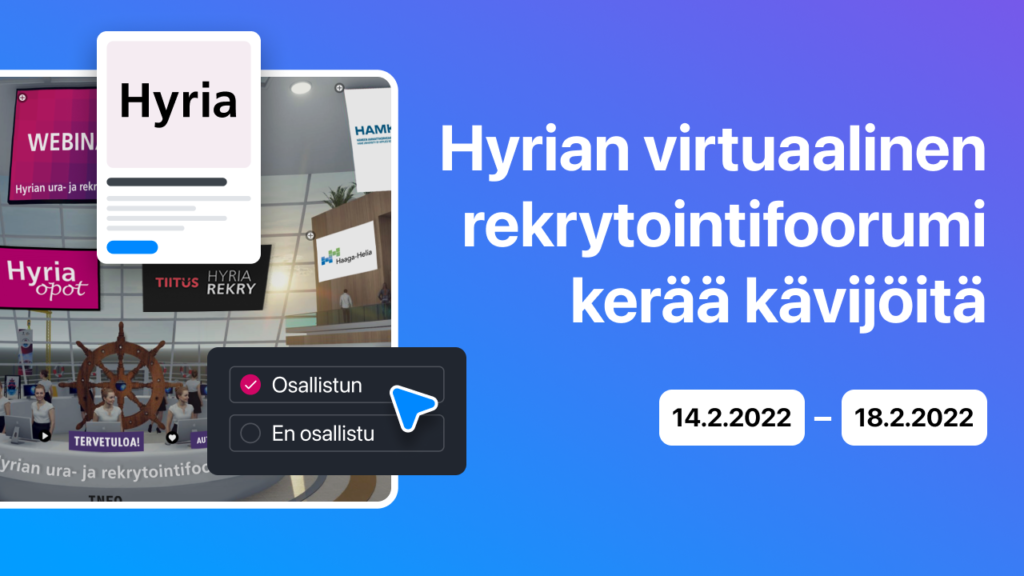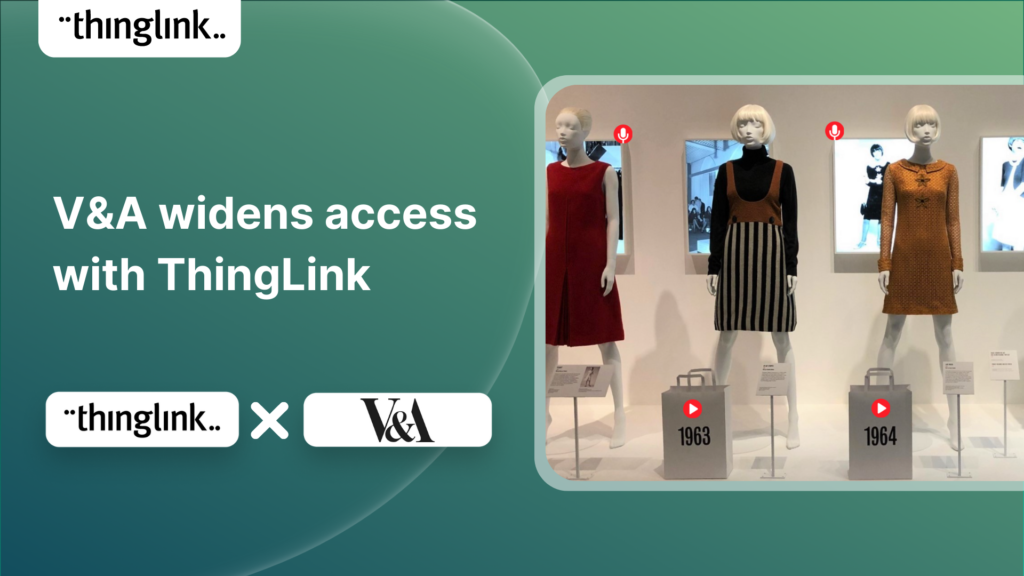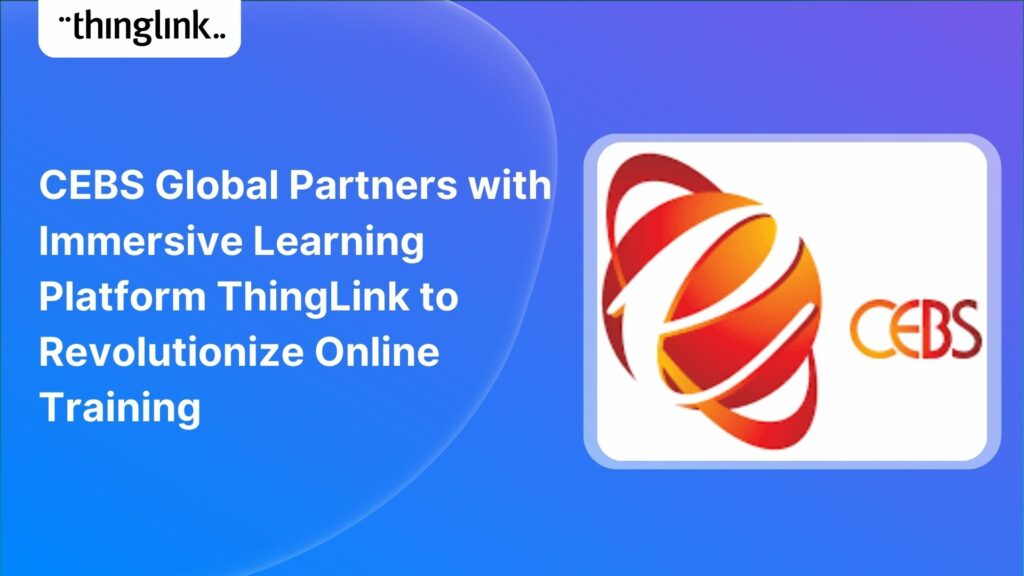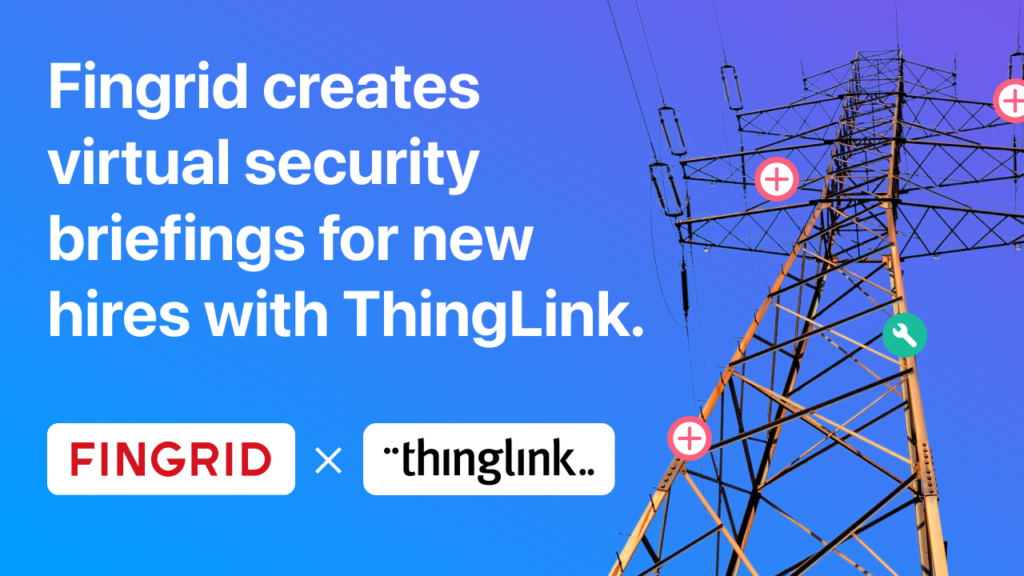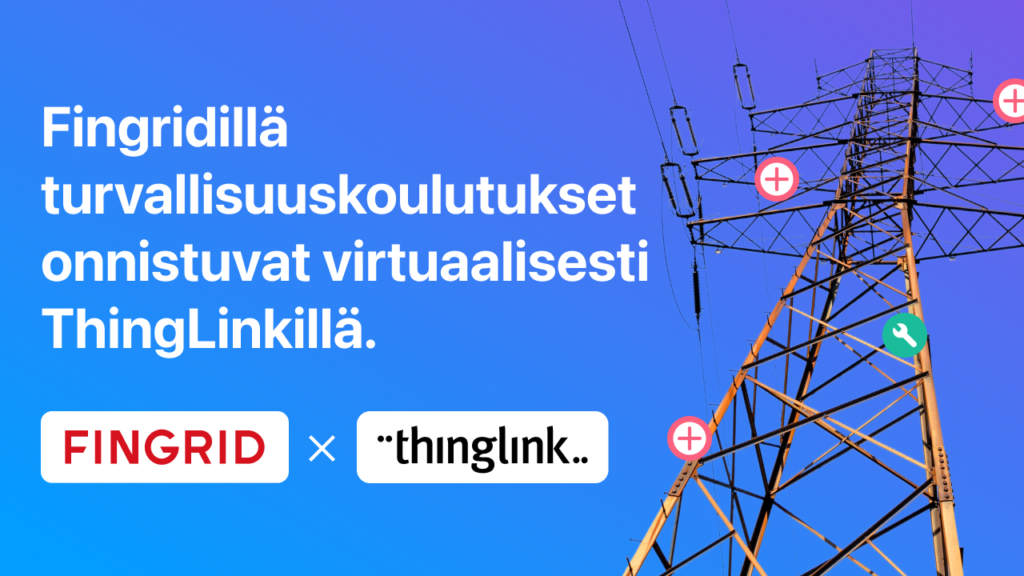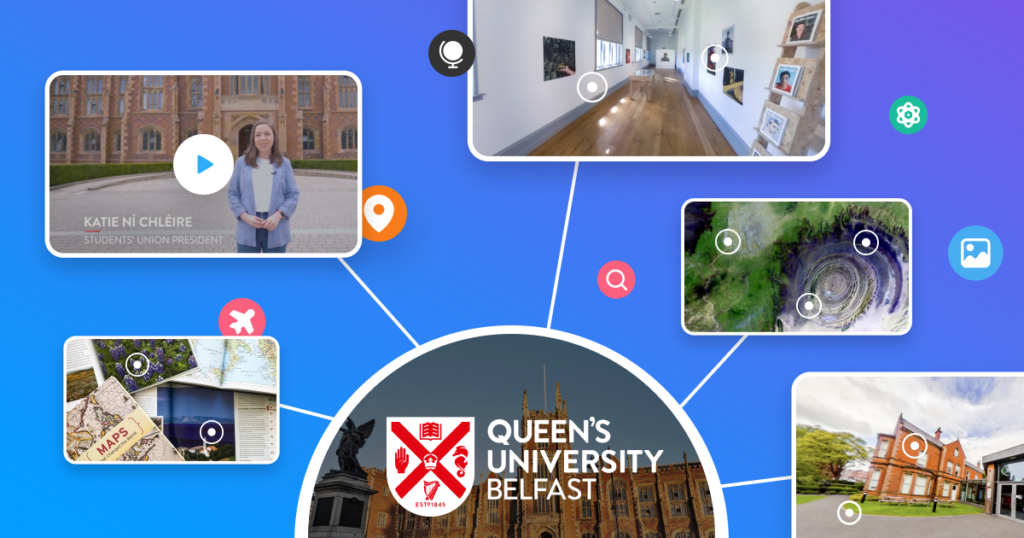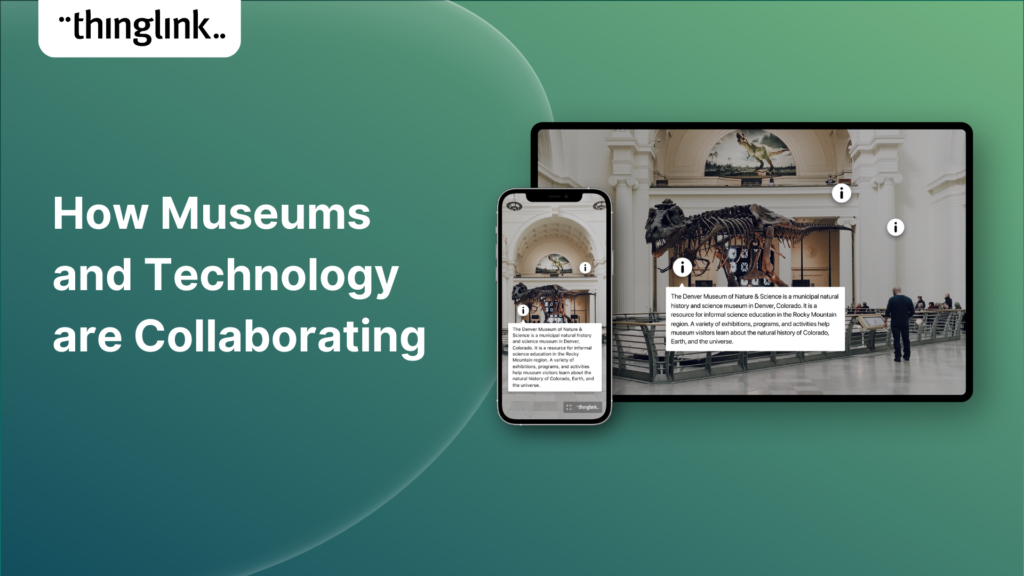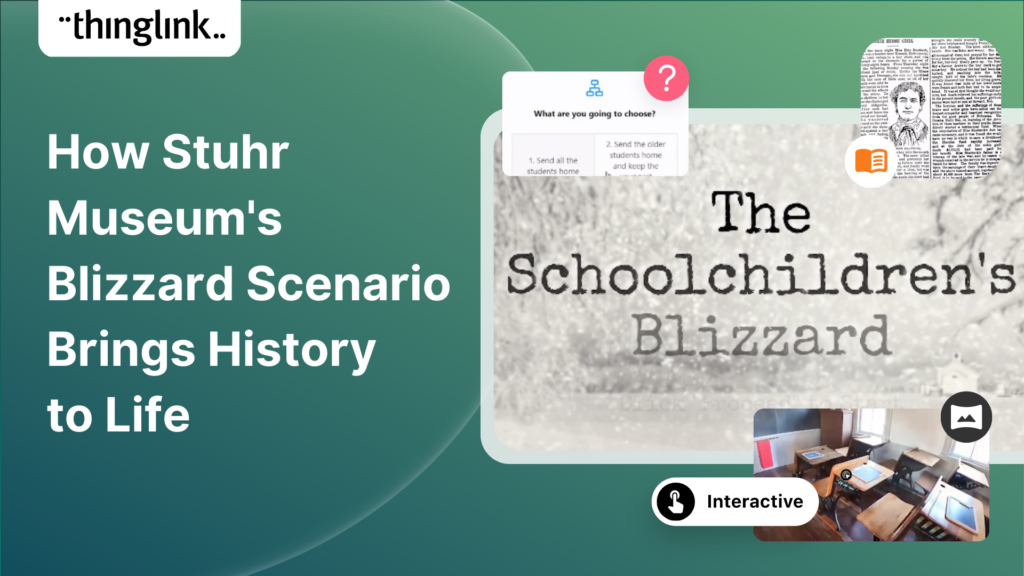
How Stuhr Museum’s Blizzard Scenario Brings History to Life
“Choose your own adventure meets tech and history”
Stuhr Museum in Nebraska used ThingLink’s Scenario Builder to create an emotive and immersive branched learning experience that gives learners an insight into the lives of three real-life ordinary teachers from the pioneer period. By facing the same choices that the three young women were each forced to make over one day in 1888, school students were given an interactive insight into what it might have felt to live this experience.
ThingLink spoke to Carly Harroun and Emily Byerly of Stuhr Museum to find out more about the project.
Try ThingLink for yourself
If you’d like to start creating your own interactive content, why not start a free trial of ThingLink today?
About Stuhr Museum
Stuhr Museum is a living history museum in Nebraska which was founded in 1962. Its mission is to share the collective human experience of community building along the Platte River Valley. It provides immersive historical, educational, and cultural experiences for visitors to its 208 acres and 107 buildings.
Central to the site is Railroad Town, a representation of an 1890s-era prairie settlement. The town is a collection of buildings that together show what a prairie town might have been in the period. It features a bank, post office, general store, newspaper office, blacksmith and tinsmith shops, a wood planing mill and more. Many of these buildings are original artefacts, dating from the 1890s-early 1900s period, whilst the homes were all relocated from their original sites in nearby Grand Island.
Living historians work at the town and bring it to life as it might have been in the pioneer age, dressed in period costume and interacting with visitors to help them interpret the past and visualise what life was like in the 1890s. The museum provides a variety of field trips to Railroad Town to school students, generally from Kindergarten through to 8th grade.
The first virtual visits using ThingLink
During the height of the covid pandemic, the museum was closed. Even when restrictions were relaxed, the immersive and hands-on nature of the field trips made them difficult. From May 2020 the museum started to look for a way to make virtual versions of their educational opportunities.
Museum Creative Director Carly Harroun had discovered ThingLink from a former college professor and realised that it was a platform that could be used to create an immersive experience that was as close as possible to a hands-on school visit.
From the Summer of 2020, the museum started creating virtual versions of the field trips using ThingLink. The museum educators were filmed as if they were talking to the students and they also created teacher handouts. These included worksheets and some further information; they were then presented together in a package for each topic. Schools were given access by link for two weeks, during which time they could complete the learning materials.
Topics included the Pawnee (the tribe that inhabited the land that the Stuhr Museum is on today), as well as the pioneer trails, rural school and spring on the farm. However as visitors were able to start coming back to the museum for hands-on experiences, schools usually opted for the in-person classes over the virtual versions, if their location made a trip possible.
Museum adds interactivity to the virtual experiences using Scenario Builder
Emily Byerly joined the museum as Director of Education in June 2022. Her vision for the virtual school visits was to continue to provide some sort of virtual opportunities that were hands-on and immersive. She was keen to provide material relevant to the museum’s particular local area within Nebraska. She was also keen that it should be accessible to schools that were too far away from the museum to visit in a day, including those in different states.
The original tours had proved popular, but the directors felt the format could be further improved.
“Even schools who had never before interacted with the museum utilized our virtual programs. But because the original virtual classes we made were based on filmed versions of the in-person classes, they were lacking in interactivity. We wanted to find ways that it could be different.”
Carly Harroun, Stuhr Museum Creative Director
As the two directors discussed possible formats and platforms that might be able to produce something both immersive and engaging, the subject of “choose your own adventure” story books kept emerging. Creative Director Carly Harroun had taken ThingLink’s Certified Creator Course and so was aware that ThingLink’s Scenario Builder is often described as a modern, Education Technology interpretation of this format. An interpretation which the directors describe as “Choose your own adventure meets tech meets history”!
They then needed to find a story that would work well in a branching scenario. Ideally it would feature characters who all chose a different path when faced with a life-changing event. It should be an experience that could equally be used by teachers as supplemental to the field trips or as a standalone experience. They wanted students in any location to be able to use the material to learn about history and the human experience in general.
Scenario format captures our common human experience
Carly Harroun explains:
“The museum is a Humanities organization. We want people and students to realize that history isn’t just names and dates from far away that are just two-dimensional, or black and white. They were real people and so it’s important to find learning opportunities for students to start thinking “What would I do in this situation?” Or “How did this feel?” and building that empathy and connection.”
One particular event in Nebraskan history leant itself well to the format: one that has come to be known as “The School Children’s Blizzard” of 1888. This event is covered in one of the museum’s in-person classes in Stuhr Museum’s Rural School. The event was exactly what the two directors were looking for. It featured enormous drama, but it also emphasises the human experience common to us all, through the stories of the three teachers who were forced to make what would eventually be life or death decisions. Evidence with which to create the scenario was also easily accessible, as the stories of the three protagonists had been heavily reported-on at the time.
Scenario structure: Within the scenario, the students are given background to the event using text and photos. They then have to start making a series of choices which will determine the path that they take through the scenario. At each stage they can see the consequence of that choice, which is based on what we know about the real-life events. Once they reach the end of the scenario, they are told which of the three young women took that path and what the ultimate outcome was.
The interactive scenario format helps tell stories that resonate
The resulting scenario is one which makes a huge emotional impact. It very successfully builds a sense of empathy and common purpose between the learner and the three young women, giving an urgency and relevance to their stories despite the passage of time.
“Storytelling is something that we’re really trying to emphasise across the museum, since our mission is to share the collective human experience of community building along the Platte River Valley. Our motto is “Your story is our history” and we use storytelling as a vehicle to connect with that empathy in people. To show that these were actual people just like you. They maybe spoke a little different, they dressed a little different, their living situations were different. But they were still people with the full range of emotions that we have today. Within the specific, you find the universal. So whilst we are honing in on three very specific stories that happen in 1888 in this specific portion of the United States, it’s something that can resonate with everyone – that struggle and that pain. People have similar or different struggles today that still connect in some way.”
Carly Harroun
Responsible content creation when using historical source material
They based the content on a lot of primary resources, particularly archived newspapers – but there were still blanks to be filled in for the scenario to work as a set of stories. For the directors, it was crucial that those blanks were filled in in a responsible way. With the help of the museum’s 19th century subject matter experts they tried to ensure that this was done in a historically plausible way.
Co-workers, peers and local subject matter experts proofread the scenario along the way, ensuring that it was polished and the kind of quality of product that was museum standard. Emily used her extensive experience within education to ensure that the text was grade level appropriate and that the topics were covered in a sensitive way. The museum also added a disclaimer, since the content covers some difficult topics.
The scenario supports cross-curricular learning
For schools, the most popular elements of the original virtual classes had been the text-based ones. If a virtual program contained enough text, schools were able to use it for their English language arts and reading provision while concurrently teaching students about history.
The text based elements were also popular with adult learners. The Literacy Council of Grand Island is local to the museum and works with adults who are learning how to read and speak English. For that reason, some of the museum’s original virtual programs were made more textual so that they could be used for adult evening classes. The teachers used the Microsoft Immersive Reader embedded in ThingLink to instantly translate into the various languages required in any particular class.
For these reasons, text content was also a key consideration for the blizzard scenario, meaning that it too fulfils a dual purpose as both a history and language arts learning resource.
Pricing model and use
The scenario is now available to buy at $25 per classroom for 2 weeks of virtual access. Within the museum it’s already been used for training purposes as a medium for storytelling. It will also be used to train the living history apprentices, who are all local teenage volunteers.
Future plans
The directors have additional ideas that they plan to develop for older students in a similar way. Carly had seen how ThingLink has been used at the Highland Folk Museum in Scotland, another living history museum and a comparable organization. She is particularly inspired by their use of 360 imagery of the interiors of the historical buildings and plans to create something similar at Stuhr.
Tips to design scenarios like this:
- Map it out beforehand, including the decision points and outcomes of each choice. For both directors, the hardest part of the process was working out exactly how the three storylines could be represented in parallel. Carly explains the dilemma. “Three different teachers made different decisions within a fairly similar environment. But where should it branch off? How much information is given beforehand? There had to be enough context for people who have never taken the class up here and maybe don’t even know where Nebraska is, or what schools were like in 1888.”
- Make sure you have all the resources to hand from the start.
- Use Canva to create the graphic elements and give them a sense of continuity.
- Write the scenario in the second person to make it more personal to the learner so that they can imagine how it would have felt to be in that situation.
With grateful thanks to Carly Harroun, Creative Director and
Emily Byerly, Director of Education at Stuhr Museum for allowing us to share this wonderful example!
Read the other exciting ways museums are using ThingLink
ThingLink is used to create virtual exhibitions and visits by some of the world’s leading museums. Our museum blog below brings together some of the best!
What else can Scenario Based Training and Learning be used for?
Creating this type of scenario based learning (SBL) based on real-life situations is an extremely effective way for museum and history educators to make their experiences more immersive. However it’s also an approach to instructional design that is increasingly being used in many other areas of online training and elearning courses. Recreating a challenging situation from a real-world context that incorporates decision-making using new skills and knowedge is a type of active learning that helps strengthen problem-solving and critical thinking skills, even when delivered as online learning. It’s an instructional strategy that encourages high levels of learner engagement in a safe environment – which in turn leads to better knowledge retention and learning outcomes. For this reason it’s now used as an effective learning strategy within many corporate training programs, particularly compliance training, soft skills, problem-solving skills and onboarding.
For more examples of scenarios and advice on creating your own, you may find the following blogs helpful:
- Five great examples of scenario based learning
- How to create scenario based learning experiences
- Scenario based learning in virtual environments
There are even additional tools to support you in your scenario creation, such as our range of scenario templates, meaning that even a complete beginner to scenario-based elearning can confidently create a realistic scenario from scratch, whatever the learning objectives.
Meet a product expert
If you’d like to learn more about creating learning materials with ThingLink, please schedule an online meeting with one of our product experts below.

